Greetings All
Now that everyone’s refreshed we’re on the home stretch.
Leaving Bolivia was surprisingly easy but getting into Peru was surprisingly hard, basically the computer said no. Actually, the computer didn’t say anything, it was knackered. The woman at Peruvian customs spent an hour trying to process Kitty and nothing was working. Eventually she decided to do it old school and started filled out forms and entering Kitty’s details in an ancient ledger book. I was almost ready to escape when another customs guy appears and they had a long discussion. For reasons that I couldn’t work out they gave me an envelope that I had to deliver to the Customs building near Puno. This was another customs twist that I hadn’t come across before and I was wondering if it was a scam of some sort.
As I got near Puno I could see a big building with a road block and some customs people milling around, this must be it. As I approached they waved me down and more customs guys appeared and a guy jumped out of his truck and came over as well. What the hell was going on?
As it turned out I was a carrier pigeon. The guy in the truck needed some paperwork from the border before he could travel any further (same computer problem?). He’d been there for several hours so he was very happy to see me.
The next day was a 400km run up to Cusco via Juliaca. Ten years ago when we rode through Juliaca they were have a riot. I don’t mean having a really good time but grumpy people and burning cars. Since then the place hasn’t improved a whole lot. Granted there were no incendiary vehicles and the traffic was only chaotic rather than psychotic but it was a place that I wasn’t sad to leave.
The rest of the day was a long run on the Altiplano but the road was fun and the statues were interesting.
Guinea pig is one of the local dishes in this part of the world, you often see signs along the road for Cuy el Horno (Roast Guinea Pig) but why there is a giant statue of one here I have no idea. And yes they are quite tasty.
Not long after my Cuy encounter I met up with a group of Colombian bike riders who had come from Cusco that afternoon. They gave me a name of a hotel to stay at that was near to the main square which was a good thing as Cusco is a major tourist city and navigating around is likely to be a challenge. When I finally did arrive it was after sunset (again) but at least I didn’t lob into the local market.
Normally getting to the Central Plaza of a town is fairly easy but this time there were barricades and diversions that kept sending me away from the Plaza de Armas. Eventually I did a slightly illegal left hand turn and incurred the wrath of a traffic cop who pulled me over and yelled at me for a couple of minutes before telling me fcuk off. As usual I played the dumb (and lost) tourist (not a lot of acting skill required).
After a couple more detours that included the option of going down a long set of steps (I decided against that) my GPS got me to the Plaza de Armas (I love my GPS) and from there it was easy to find where I needed to get to.
Cusco is one of the major tourist destinations in South America. The area around the Plaza de Armas has some magnificent architecture and there are good pubs and restaurants. You can buy every tourist trinket that you can dream of and there are many jewellery shops specialising in silver (the Beloved would have been ecstatic).
As I mentioned earlier, Cusco is also the jumping off point for Machu Picchu. Normally there are two options to get to Machu Picchu. You can either take a 4 hour train trip which is cheap for locals but astronomically expensive for tourists. Or you can be part of a 4 day trek, which is also astronomically expensive for tourists. Are you seeing a pattern?
Since I wasn’t going to put Kitty on a train and walking at 3000 plus metres for several days’ sounds like exercise I was opting for plan C.
This involved riding north from Cusco via Ollantaytambo to Santa Maria then heading south following the Vilcanota River and finally leaving Kitty at the Hidroelectrica and walking the last 10 km to Aguas Calientes. Yes I know, I can hear the gasps from my readers, I would have to get some exercise. If I left early enough I could do this in one day, so early to bed.
I left Cusco at the crack of midday, yes I know, hopeless.
Outside Cusco on the way to Ollantaytambo the turnoff became a road construction site and I tried to get bogged a couple of times. Eventually I got to the end of it and looked back to see a sign that said road closed. It would have been helpful if they had a similar sign at the other end. I later worked out this was not the main road and my GPS had sent me a “better” way (today I merely like my GPS)
After shaking off the clay from the construction zone, the road continued through Ollantaytambo and headed upward to a windy 4300 metre pass (bliss!) and then wound down the other side following the river valley for 80 km to Santa Maria (more bliss).
At this point the road to Santa Teresa goes back to gravel and follows another river valley to Santa Teresa and that was the end of that days travel.
There weren’t a lot of obvious hotel options in Santa Theresa but I eventually found a place and rode Kitty through the front door into a tiny court yard and it was time for the usual shower, comida and cerveza.
The next day started with doing a 5,000 point U-turn in the world’s smallest court yard and bouncing up the step to escape from the hotel. After that it was about 11km to the Hidroelectrica station and then a walk to Aguas Calientes.
When I met Max at Villa Kunterbunt he had a leaflet that advertised safe parking for motos at the Hidroelectrica. Sure enough, as I cross over a bridge shown on the map a guy runs out and flags me down. There are a couple of other rental bikes parked so Kitty has company for the next couple of days as well as a (hopefully) secure home. After reorganising the luggage and filling up my day pack with a couple of days clothes and essentials it was time to go for a walk.
From the Hidroelectrica a railway line runs along the Vilcanota River to Aguas Caliente. My first stop was at the railway station where there was a train that looked like it was going to Aguas Caliente. Maybe I could avoid the exercise? I ended up at the ticket office standing behind an elderly Italian woman who was arguing with a very disinterested rail employee. Yes, the train was going to Aguas Caliente in 20 minutes, but ticket sales close 30 minutes before the train departure time. My Italian friend was getting quite animated and the rail employee was losing even more interest (if that was possible). Before you ask there was plenty of room of the train it was a case of “computer says no” and that was all there was to it.
I like walking. Honest.
It actually was a pleasant walk, it only took a little over two hours and I wasn’t alone there were people going to and from the Hidroelectrica. It had been quite hot earlier in the day but the afternoon shadows and the spray from the river cooled the air.
After getting to Aguas Caliente the first thing I had to do was to pick up my ticket for Machu Picchu. I never realised that there was a limit of 2000 tickets per day, fortunately at this time of the year I had no trouble booking a week earlier. After that I found a hotel and the obligatory shower, comida and you guessed it, cerveza. Tomorrow was going to be an important day, finally getting to Machu Picchu.
Some people like to get up to Machu Picchu early and watch the dawn break over the ruins.
I’m not one of them.
Back in 2008 at Tikal in Guatemala, at the Beloved’s request we got up at some obscene time in the morning (or as I call it, night) and traipsed up to the top of one of the ruins to see the sunrise. In the end we had a beautiful view of the fog. As I wrote back then, I was deeply underwhelmed. This time there would have been a glorious sunrise to view but I was blissfully unconscious when that occurred. Sorry Dearest One.
This was my second visit to Machu Picchu. I was here back in 2004 as part of the Ferris Wheels bike trip. Surprisingly it was not as crowded this time as it was 10 years ago. After getting to the site I walked up the path to Intipunku. This is away from the main area of the site and was originally the main entrance to Machu Picchu. If you take the trek into Machu Picchu your first view of it is from here and as you can see it’s quite spectacular.
Back at the main site I walked around for several hours, which is not hard to do. It’s a big place (13 km2) and there are lots of areas to explore. The site has both urban and rural sectors with temples, warehouses as well as housing for the rich and poor. The precision of the stonework is very impressive and the site has some rare ritual stones that in most other places were usually destroyed by the Spanish conquerors. But why it was built or what its purpose was is unknown.
Like Angkor Wat I left some of the Beloved’s ashes at Machu Picchu. She is actually staying in two places, one down in the centre of the ruins and the other up high at Intipunku. That way she can keep a close eye on tourists or have a bird’s eye view of the site. We shared the obligatory chocolate and coke and had a bit of a chat. I really regret finishing our last trip in Panama and not making the push to get down here. At the time we thought it was too difficult to achieve and that we would continue our travels later. Be told, people, don’t put these things off. Get out there and do it. Here ends the lecture.
The next day was a genuinely early start. Ok, when I say early I was out the door at 7am. The reason for the unearthly departure time was that I was getting the train back to the Hidroelectrica instead of walking back as I wanted to get back to Cusco that night. As I’ve mentioned earlier the role of a tourist is to be bled dry by the local people or tourism authorities, in this case Peru Rail. The cost for a 10 km train trip is $25USD for foreigners and less than $5 for locals. Yes I know that given a choice of being a local peasant type person or a linguistically ignorant foreign tourist all I have to say is “Habla Ingles?” but it still grates.
Back at the Hidroelectrica Kitty was still sitting there safely tucked away with her new friends. After getting packed and paying the parking fee 10 soles per night (about $3USD) it was back along the gravel, the river valley, mountain pass and finally past the grumpy traffic police of Cusco.
Having reached Machu Picchu our journey was coming to an end. From here to Valparaiso was about 3,600 km with not a lot of diversions but I was looking forward to a particular part of the ride.
Back in 2004 we rode from Nazca to Abancay. It’s a long ride (460km) but one of the best days riding I’ve been on. Starting in Nazca which is at a low elevation you wiggle up a 4000m pass, then down again and then up to another 4000m pass before travelling along a river valley with high speed sweeping bends for about 120km before arriving at Abancay. Bliss.
This time I was starting in Abancay and going to Nazca. Even though the condition of the road was excellent tarmac it’s a serious ride, especially at the high altitude. You can imagined how blown away I was when I saw this French family cycling into Abancay.
They were on a couple of seriously loaded bicycles with trailers. Her trailer was full of luggage with her 10 year old son on the front of the bike and her husband also had a trailer with their younger son inside. They had started in Lima and were heading to Cusco. I sent these pictures to some of you at the time and described them as hardcore cyclists. One of my English readers replied saying they were;
“Hardcore, deranged, or simply French”
I’m glad to see that English love of all things European is still alive and well.
Also in reply Diana sent me a link to the Race Across America website. This race makes cycling over the Andes look like a stroll in the park. 12 days to do 4832 km (3020 miles) that’s an average of 400 km per day. One guy did it in 8 days that’s 604km per day! On a bicycle! By the end of a long days travel on Kitty my bum is ready to fall off. They are better men (and women) than me, Gunga Din.
From Nazca I rode south along the Pan American Highway and two days later I crossed my last border back into Chile.
The Chilean customs people were quite enthusiastic. They actually have strict quarantine controls and for the first time at a border crossing I had to open up panniers and bags to let them have a rummage around. Like Oz, the Chilean customs people are worried about people bringing foodstuffs into the country.
Even though the countryside before Nazca is just as barren, it’s only after crossing into Chile you officially enter the Atacama Desert region. In this part of the world it’s just sand and rock. The Pan American Highway runs down the coast, at times the road is on the coastline itself at other times it detours slightly inland across an irrigated river valley that provides a rare splash of green.
On a bright and sunny day the Atacama takes on a different look and feel
And for something completely different this sculpture called Mano del Desierto was a surprise. I knew that it existed but I’d completely forgotten that it was just off the Pan Am.
One of the sights along the roads in Peru and in this part of Chile are the memorials that people place where there have been fatal accidents. I’ve posted some pictures of these previously. Back in Oz you’ll occasionally see this type of memorial. Usually they are some flowers and/or a small cross and maybe a photo. Recently there have been some rumblings from at least one state government wanting to legislate that they should be removed after 12 months or so. Among the reasons given was they could be distracting for drivers. If our bureaucrats get the vapours at the sight of a bunch of flowers they’d have kittens over here.
Riding down the coast the sheer number and size of these road side memorials is mind boggling. They vary from the small crosses, then larger displays with plants and trees (this requires dedication as all water has to be carted into the memorial, in some parts of the Atacama Desert there has never been any recorded rainfall) and finally they build seriously large brick and concrete structures for these memorials.
The other thing about these memorials is the number of people they commemorate. 10 years ago back in mountains near Cusco we came across this one and we counted 21 different names and the date of death was the same. We think that a bus went over the side of the mountain.
It’s no different along the Pan American.
The other thing that’s hard to comprehend is how these accidents happen in the first place. I understand accidents happening on the winding roads in the mountains and similar places but much of the road on the Altiplano and on the Pan American highway is dead straight and virtually flat for as far you can see.
Finally there are very strange memorials, I had to ride back and check this one out. I got so distracted that I dropped Kitty as I getting off the road (damn she was heavy to pick up). I never did understand the dinosaur connection.
After a week of riding I finally arrived back at Valparaiso and Villa Kunterbunt. My timing was perfect, the football world cup had started and that night the game being played was Chile vs Australia. Martina and Enzo were very happy with the match result.
Now that I was back in Valparaiso the last stage of the game was to prepare Kitty for her voyage back to Oz and that means having a clean bike for the happy customs people to inspect.
This photo of the Beloved armed with a toothbrush was taken in Panama back in 2008. It didn’t appease the cleanliness gods at Oz customs and we ending up paying many extra fees to get Kitty released from their clutches.
I spent the next four days removing the months of caked on mud and grime from Kitty. It really is a never ending job, no matter how much you clean a motorcycle you can always find another dirty spot somewhere.
The steel crate that Kitty arrived in was in storage near the hostel. I knew that the container facility was about 50 km inland and I was wondering how the crated up bike was going to get there as there was no way we could lift it onto the back of the truck. Enzo had a simple answer we crate it on site. Hmm, that meant riding on the dusty road and dirt is the enemy of Oz customs. I suppose it will be ok if it’s dry.
And it was dry when we left Valparaiso but as we climbed over the mountain the cloud layer hit the land as a wet fog and parts of the road had a thin layer of mud. I could see myself cleaning under the mudguards when we stopped. Just to make my last ride in South America memorable we were almost at the container facility when I caught up to a truck in front of me and before I knew it I ran over something dead on the road, I don’t what it was as many others had hit before me, all I know was that it was fresh, red and bloody. Mierde, Mierde, Mierde.
When we got to the container facility I got busy cleaning off the mud and picking of gobbets of dead something from under the bike. It was all fine by the time I finished but not the best end to a last ride.
Packing the bike into the crate went smoothly even without the help of my German colleagues this time. In two hours Kitty was strapped, packed and wrapped.
After that it was a case of packing my bag, saying goodbye to Enzo and Martina then making the long and tedious trip back to Oz and reality.
Kitty arrived six weeks later with the minimum of fuss and no grumpiness from Oz customs. The mind boggles.
It’s been quite a while since I arrived back in Oz. I’m back at work on a project and Kitty needs some TLC after the trip. I’m amazed that the head stem bearings need to be replaced yet again and some work needs to be done on the gearbox and final drive.
Here are a few statistics from the trip.
Countries visited – 6 (Chile, Argentina, Uruguay, Brazil, Bolivia and Peru)
Days away – 178
Distance travelled – 24,600 km
Longest distance travelled in a day – 502 km
Total quantity of fuel used – 1608 litres
Average fuel consumption – 6.58 L/100km
Highest elevation reached – 4552 metres
And that covers less than half the continent.
I’m not sure if I will go back and ride the top half of South America. I managed to get to the places that I needed to visit but to be honest it’s just not the same without the Beloved. That said it was worthwhile and was something that needed to be done.
That’s all for this trip but since the old travelswithkitty site has gone to the land of 404 I’m planning to post all my original emails here with photos and that will finish our Americas story. This may take a little while, there is around 12,000 photos to sort through. The Beloved was a shutter bug.
Thanks to all of you for taking the time to read through these posts and especially the time you took to write back, I appreciated all the comments. “Mi aerodeslizador es lleno de anguilas” does effortlessly trip from my lips.
Thanks for your company
Ian and the Beloved
Finally as before here are a few bonus photos.
And for the train buffs out there
I’m not being morbid but here are some more road side memorial photos
And continuing on the same theme these cemeteries were unusual as they were in the middle of nowhere. The nearest town was at least 50km away and they were just villages.

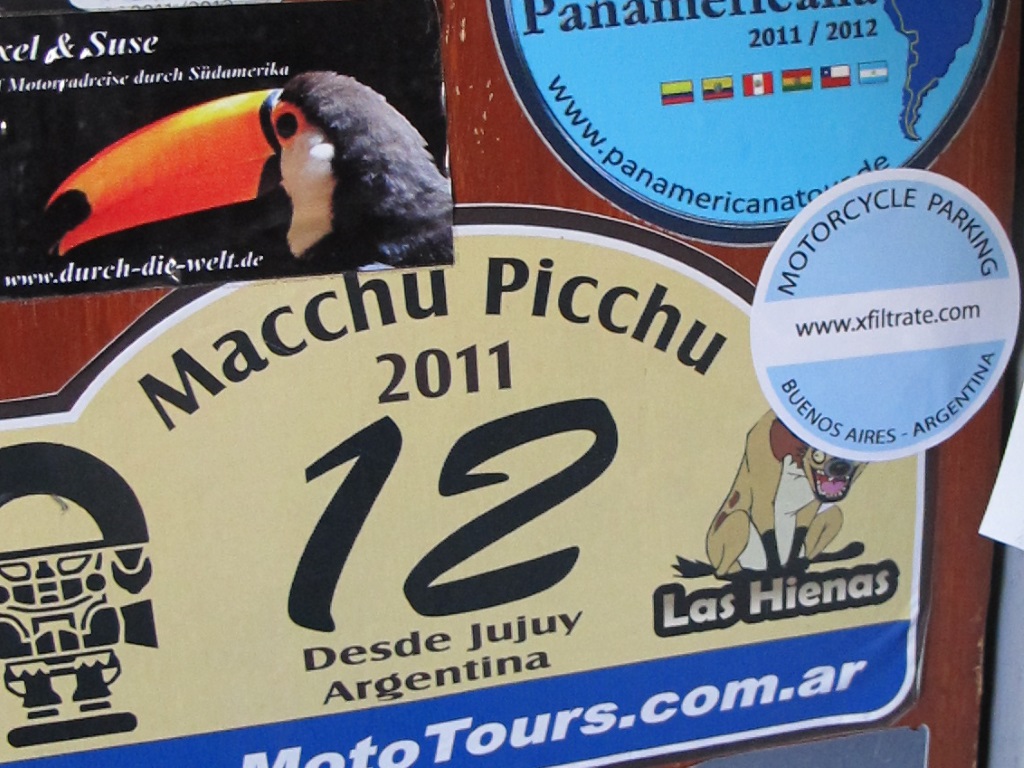
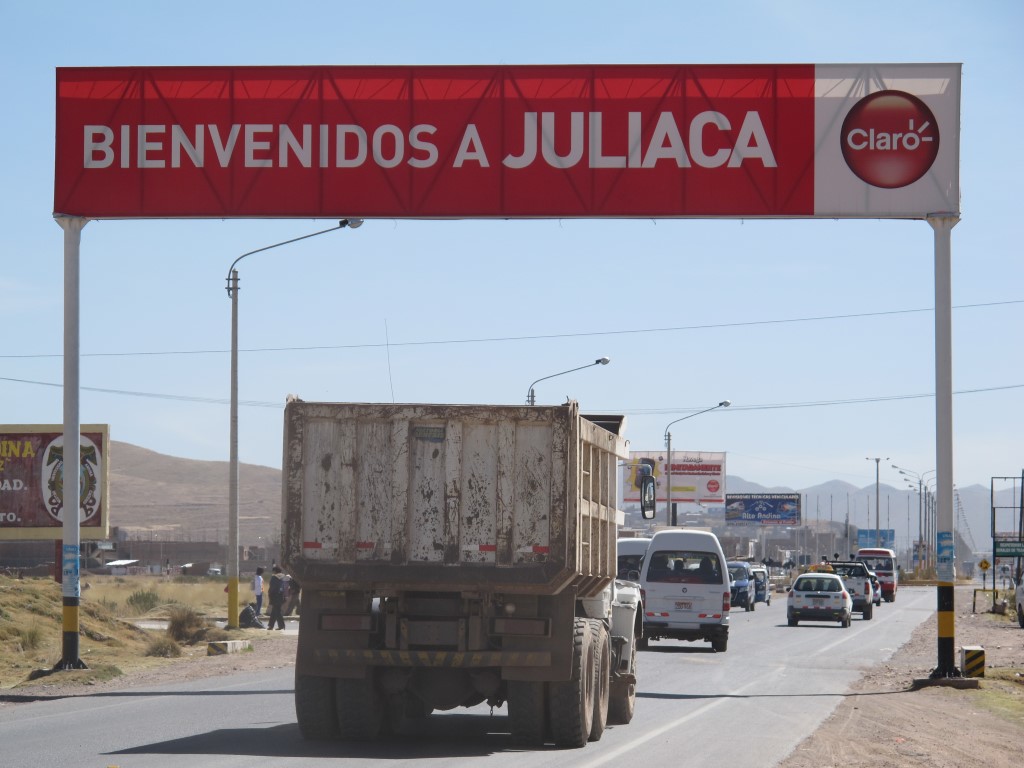
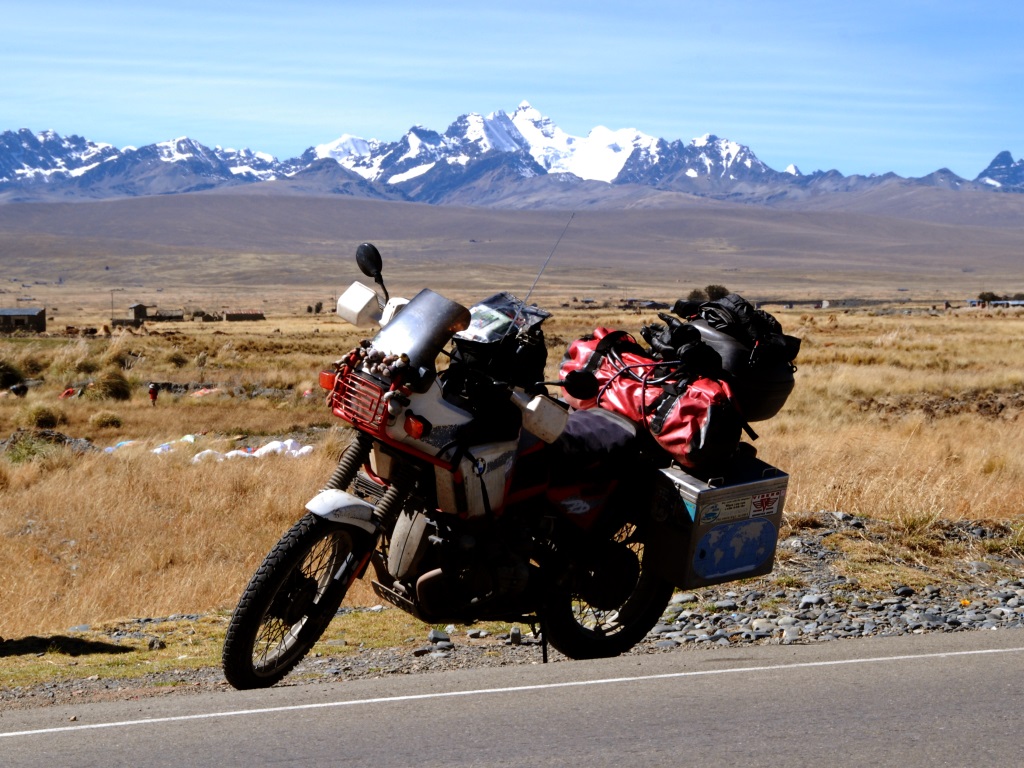
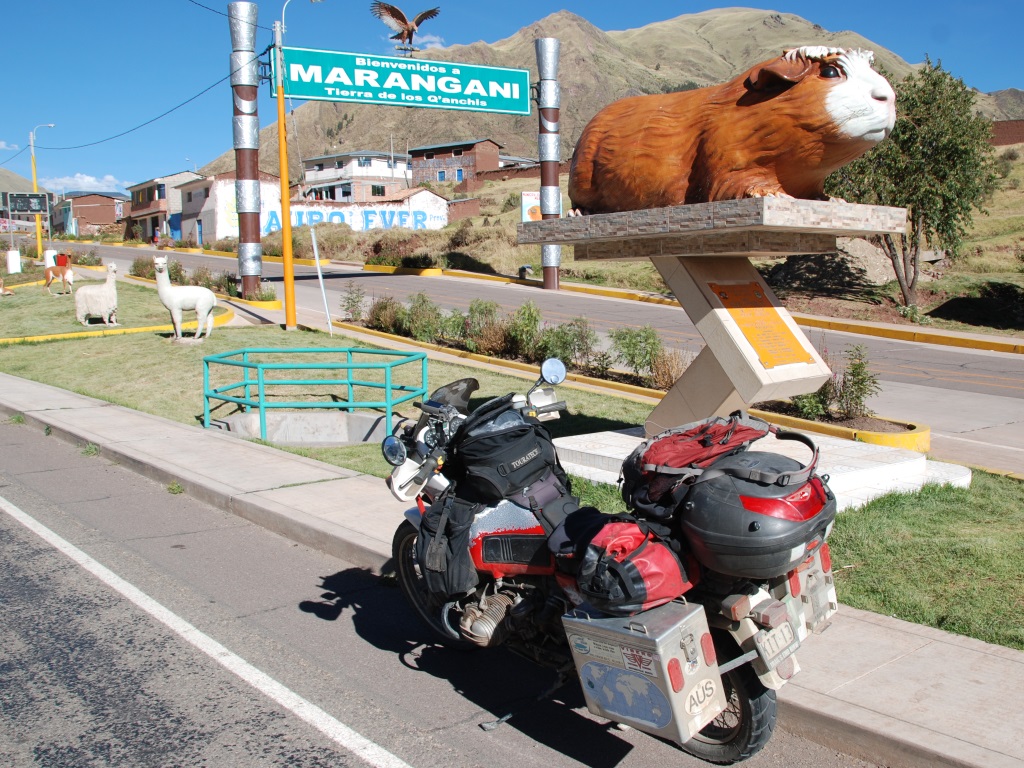
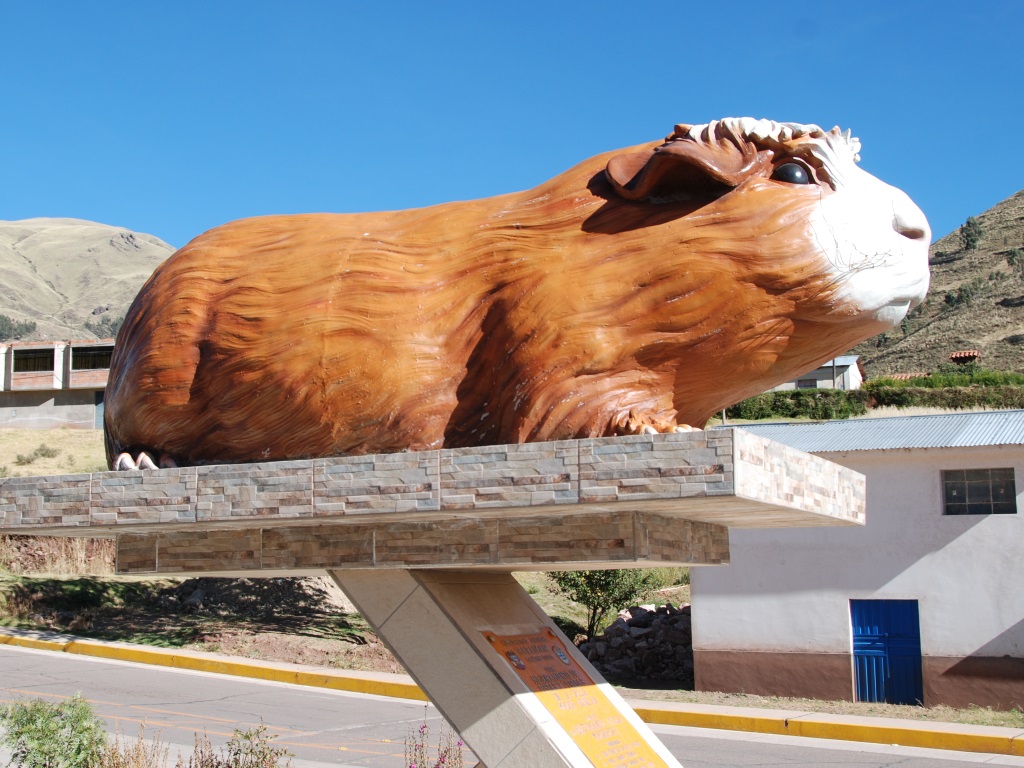
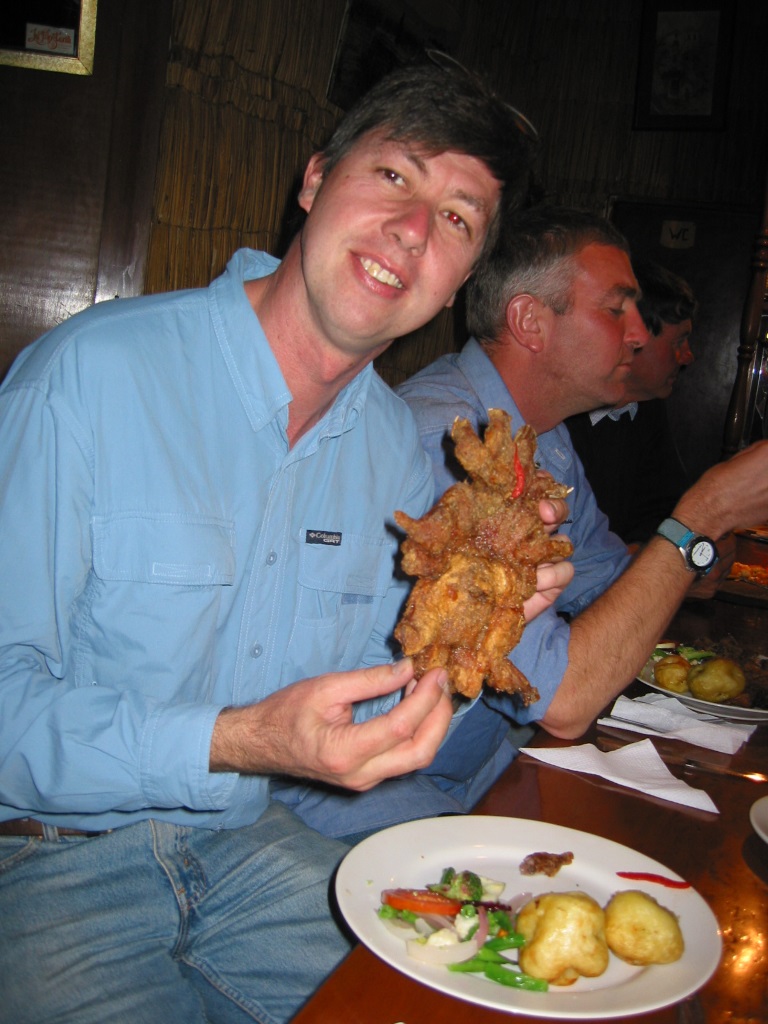
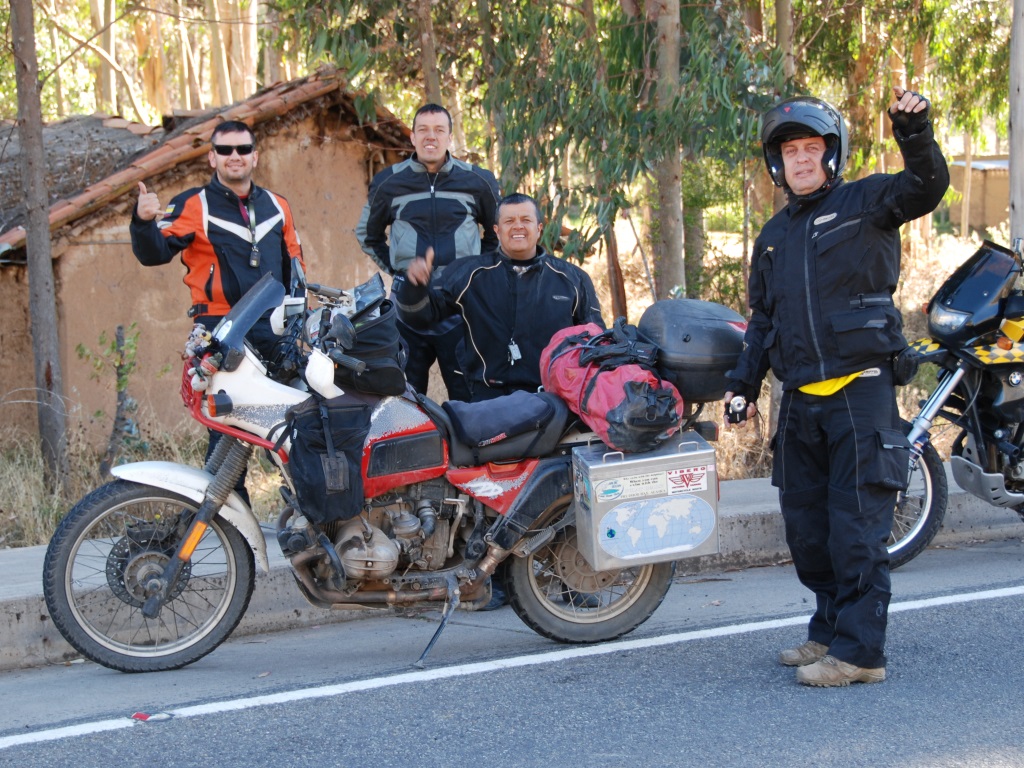
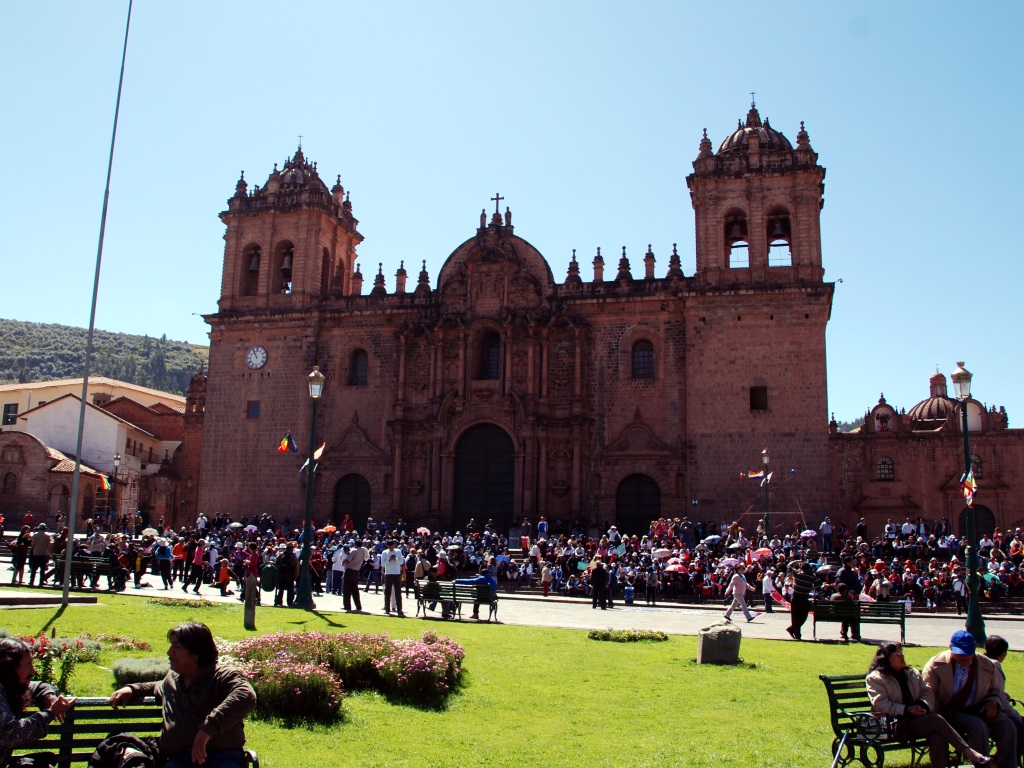
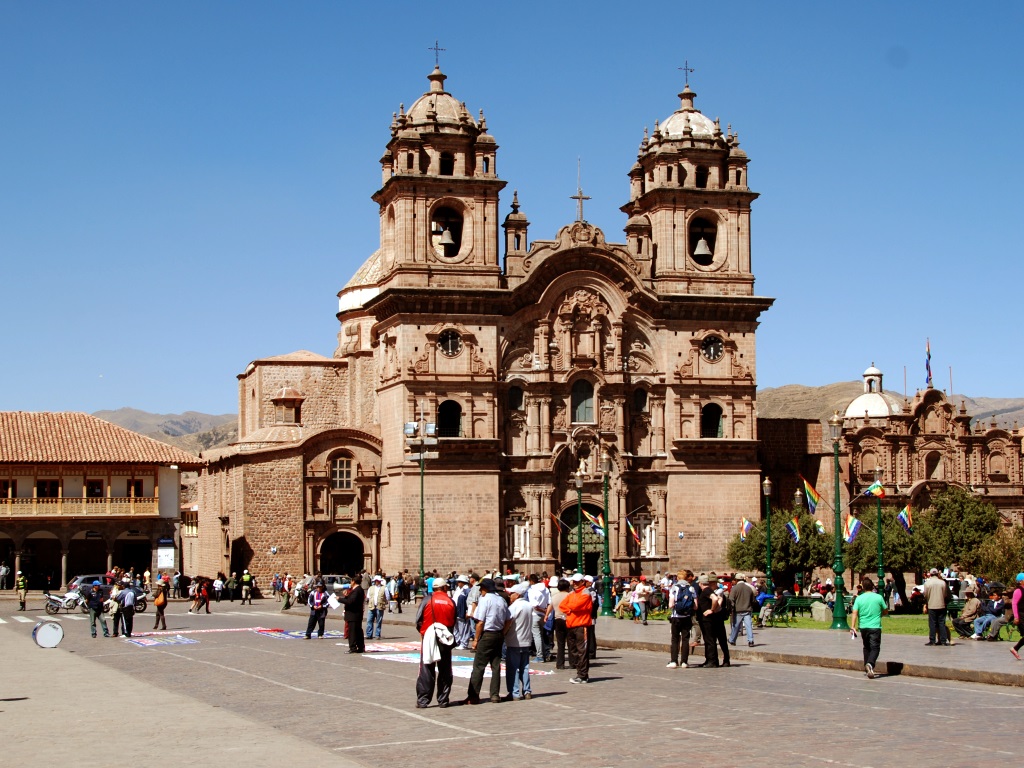
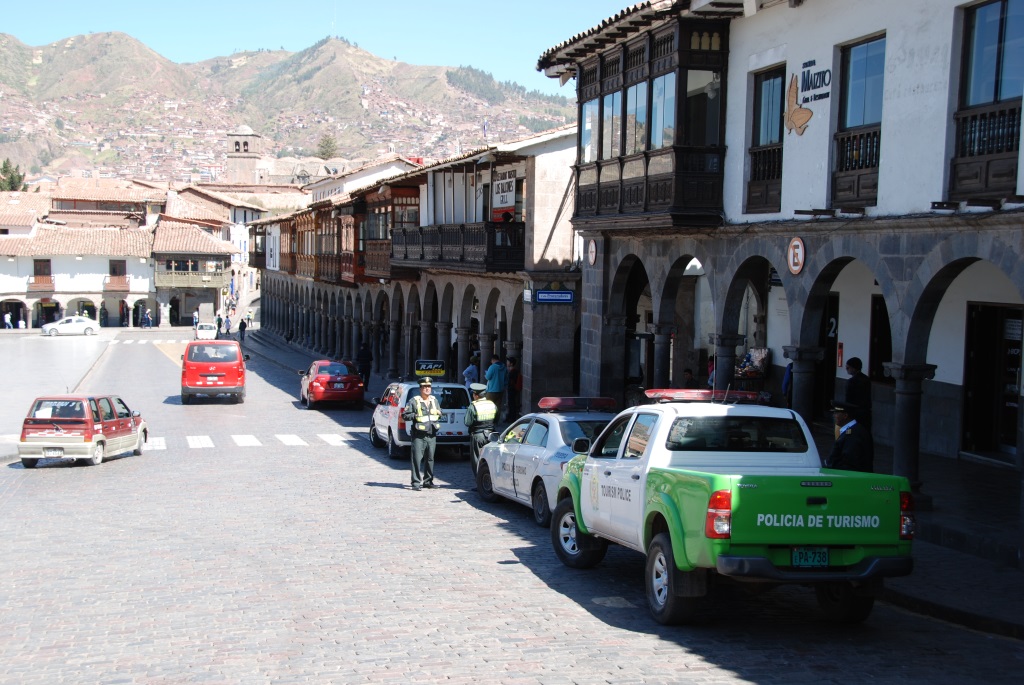
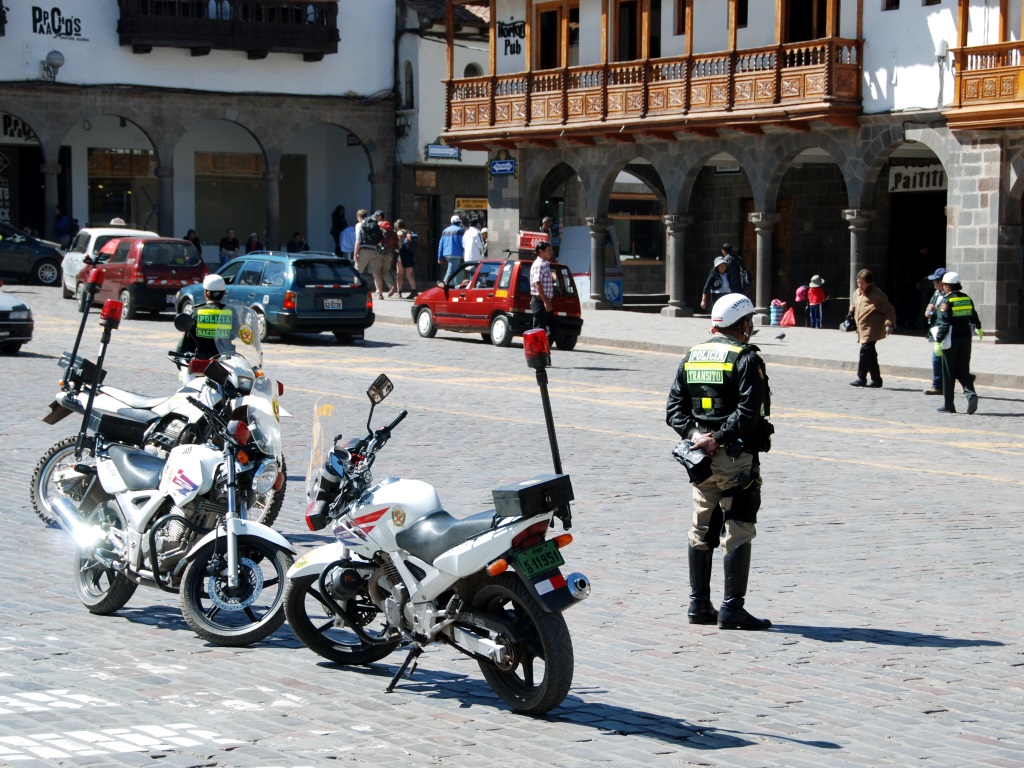
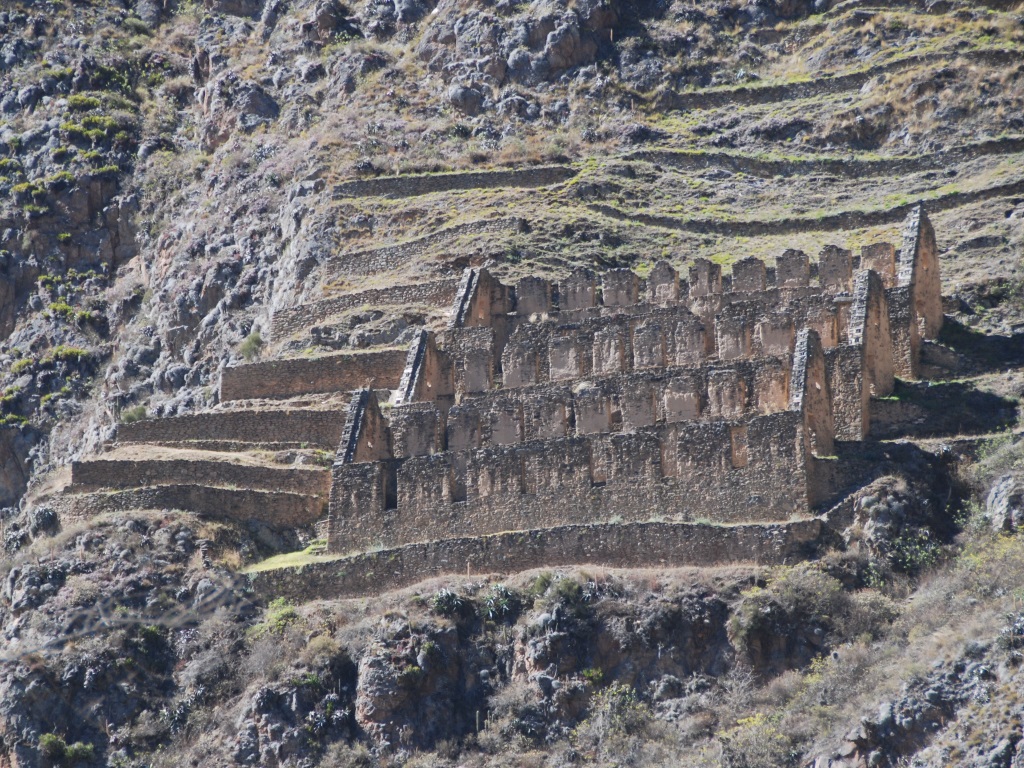
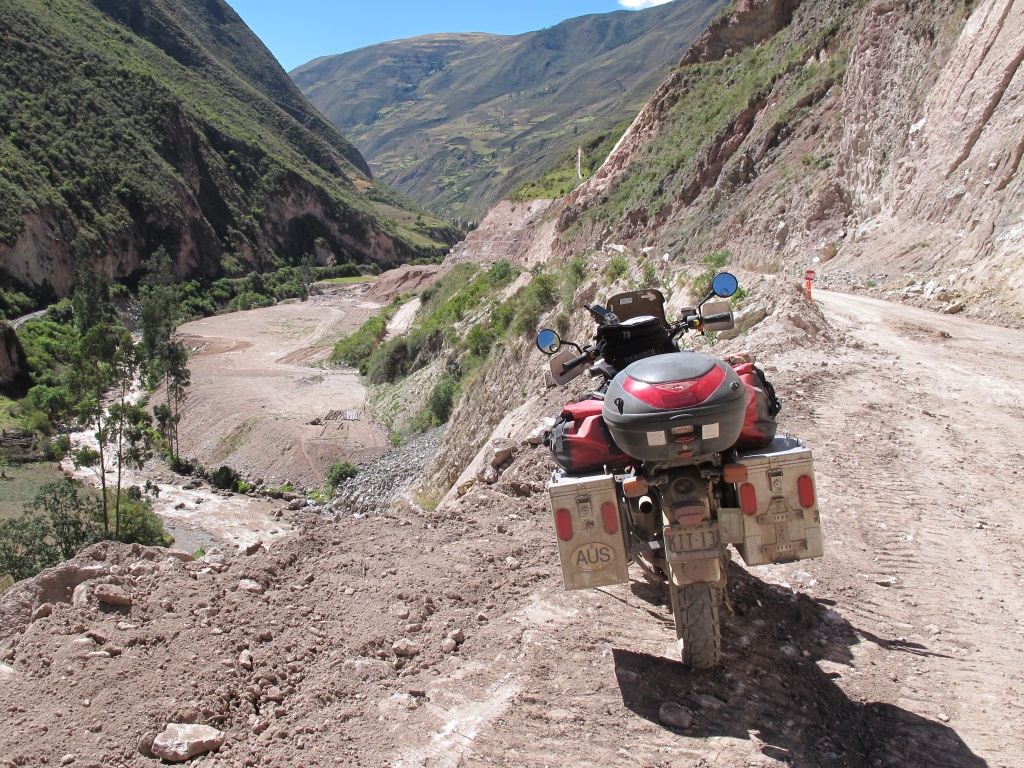
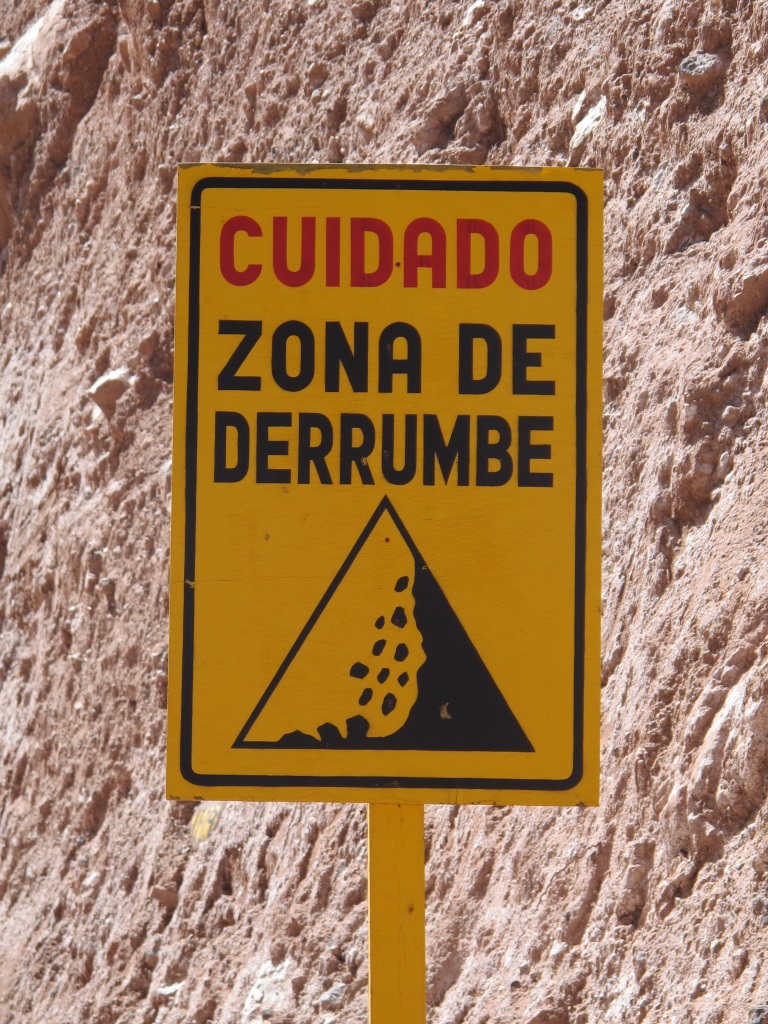
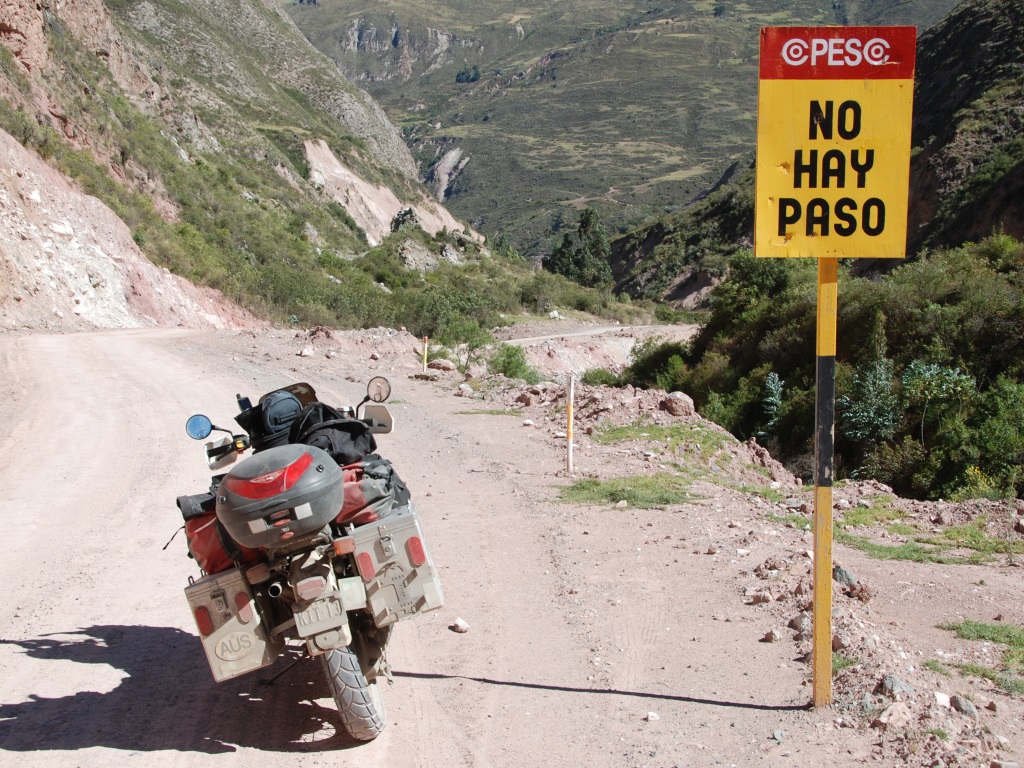
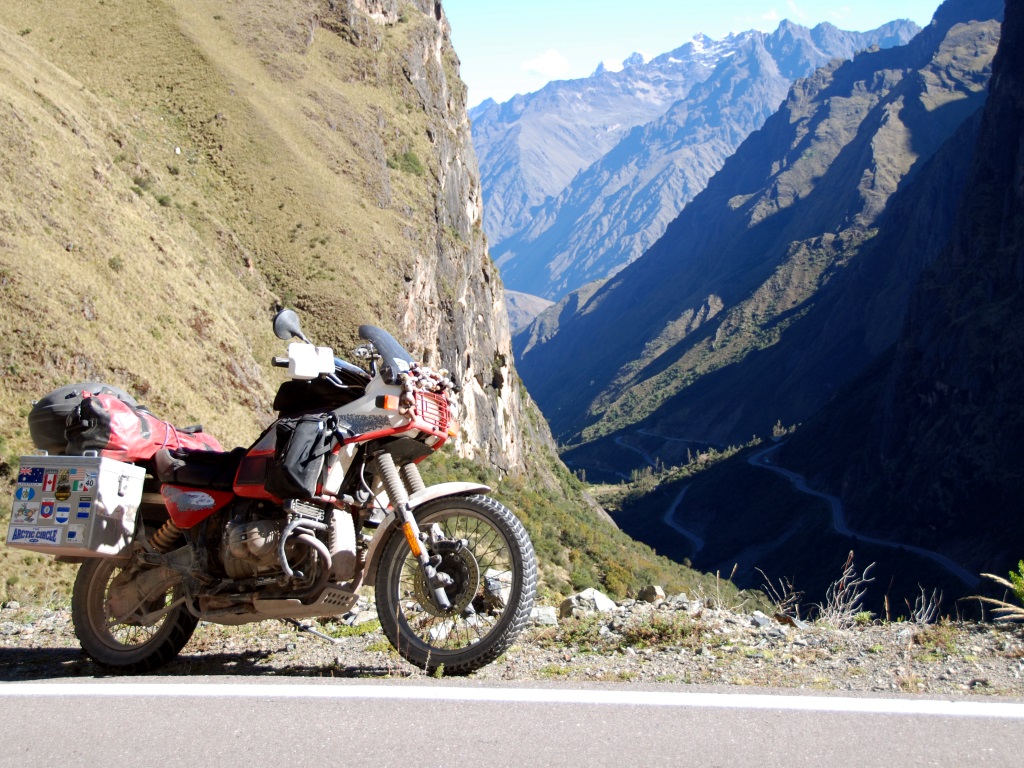
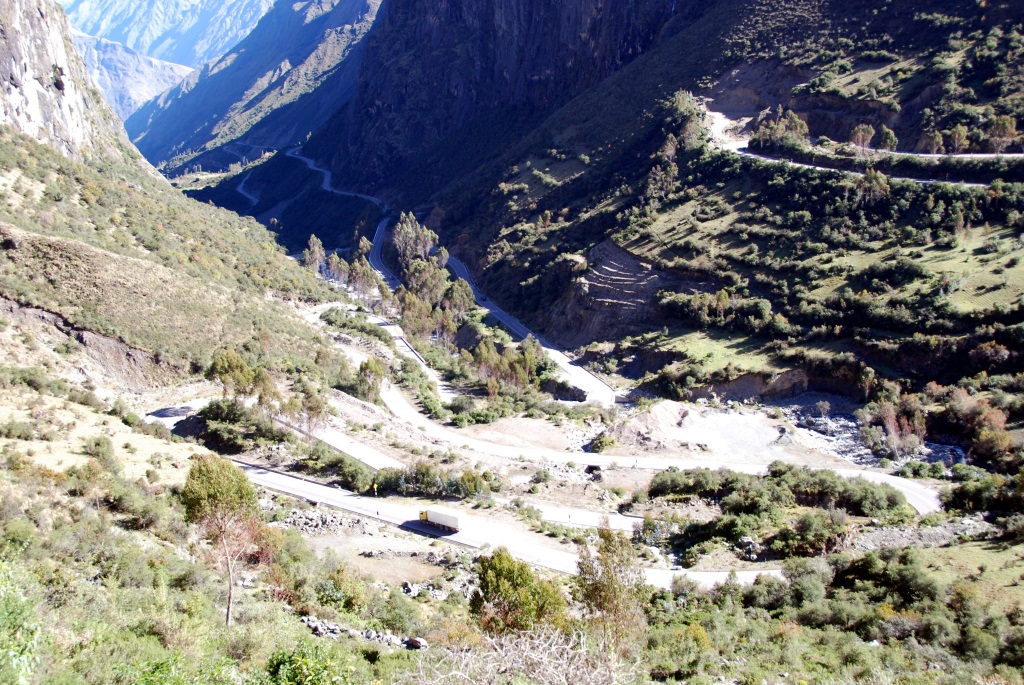
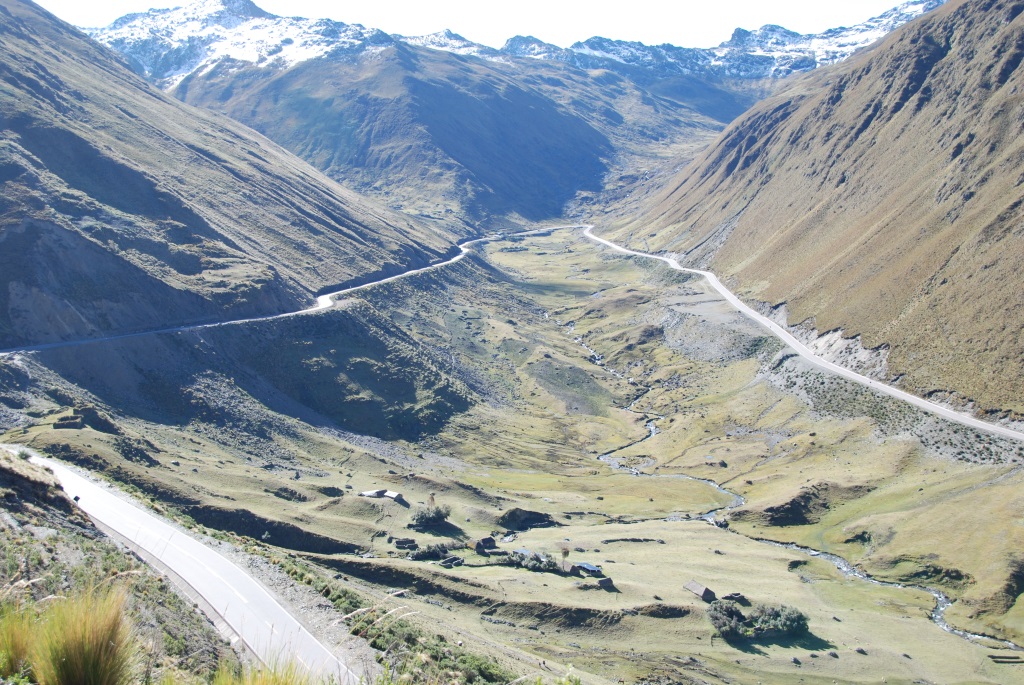
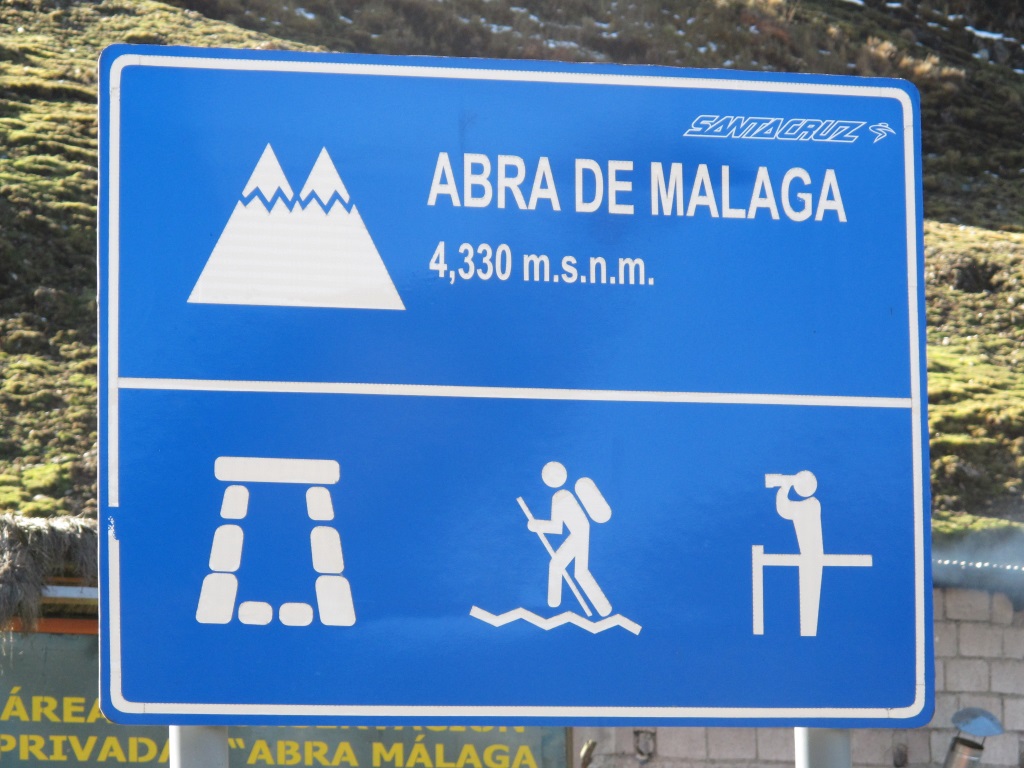
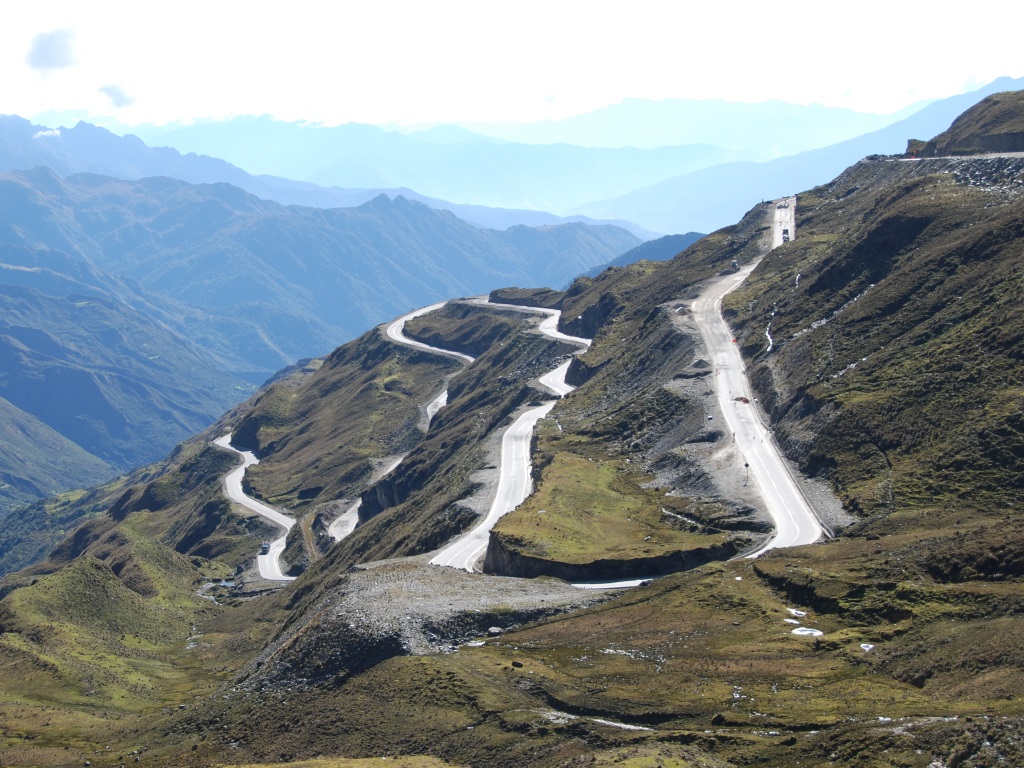
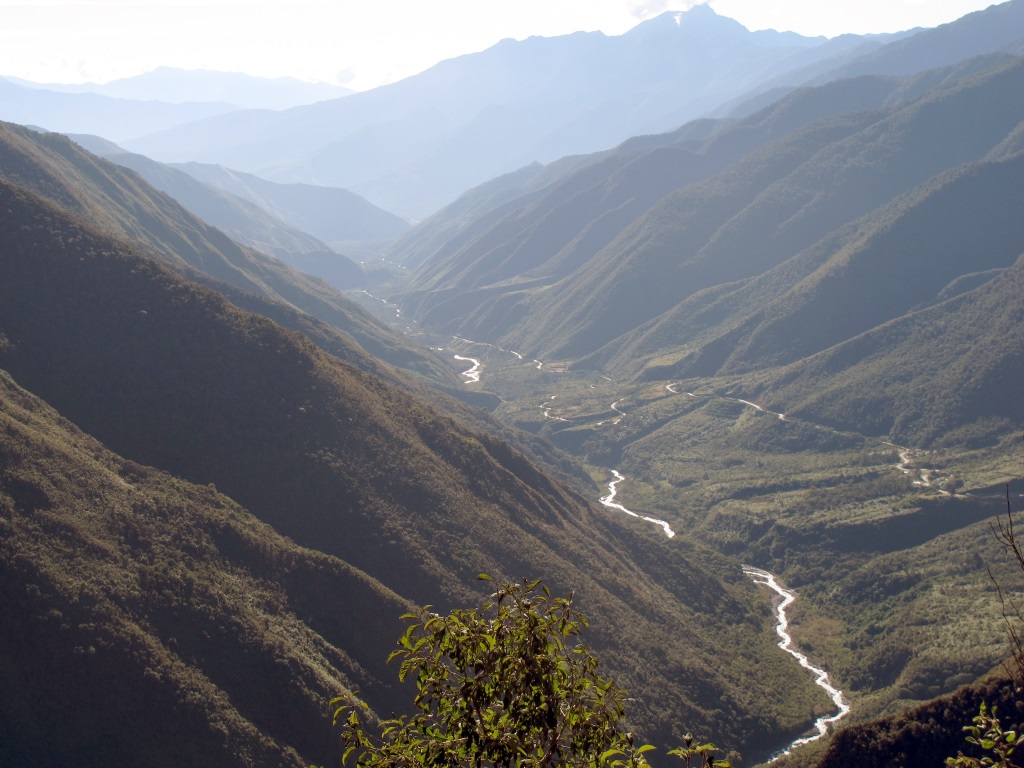
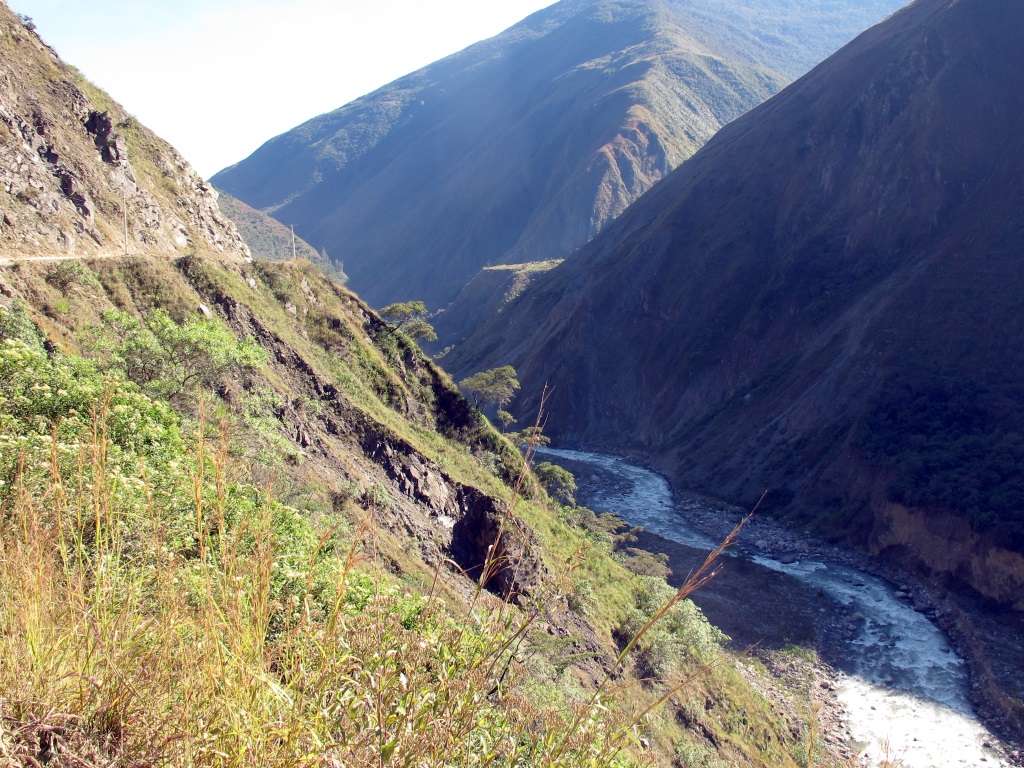
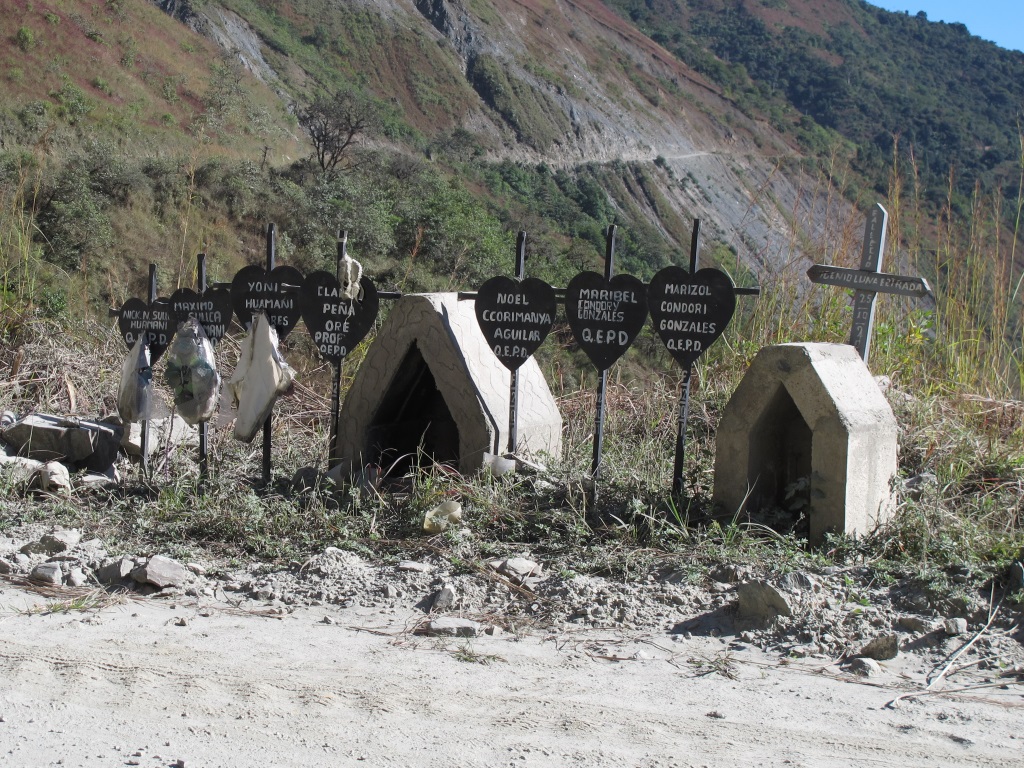
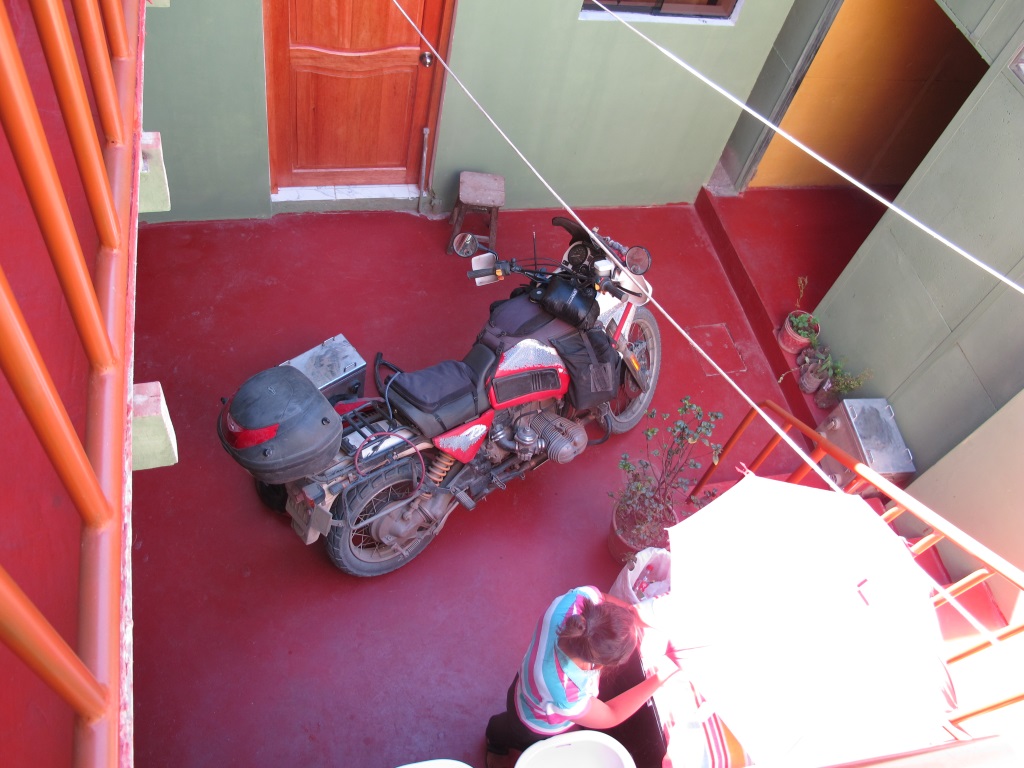
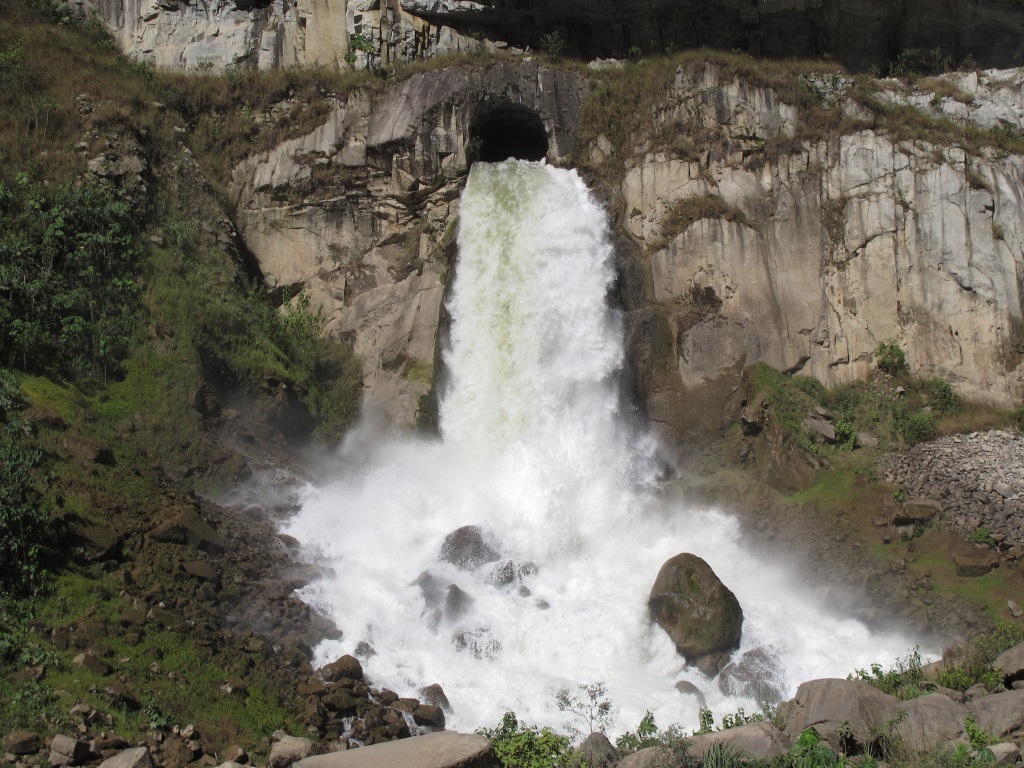
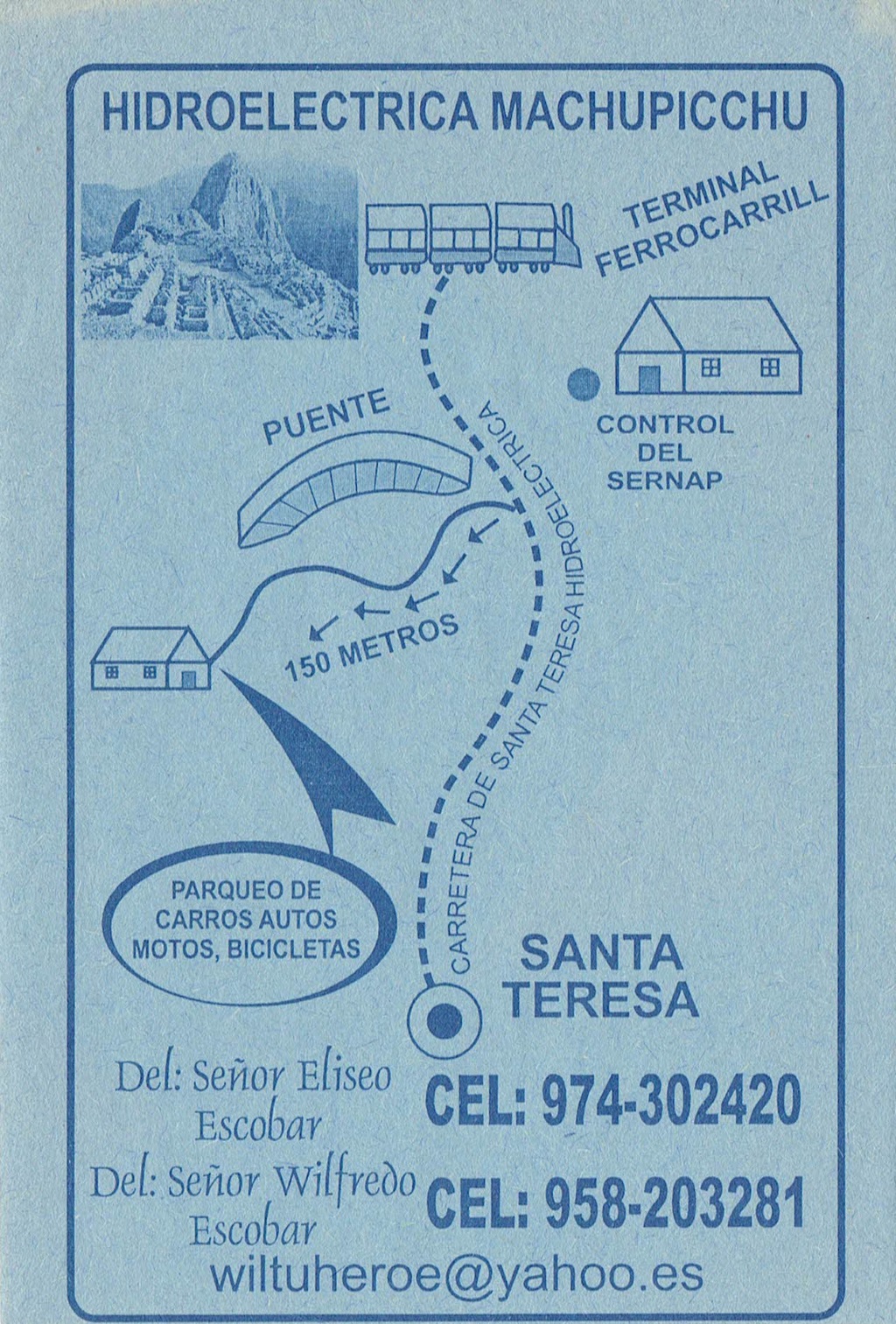
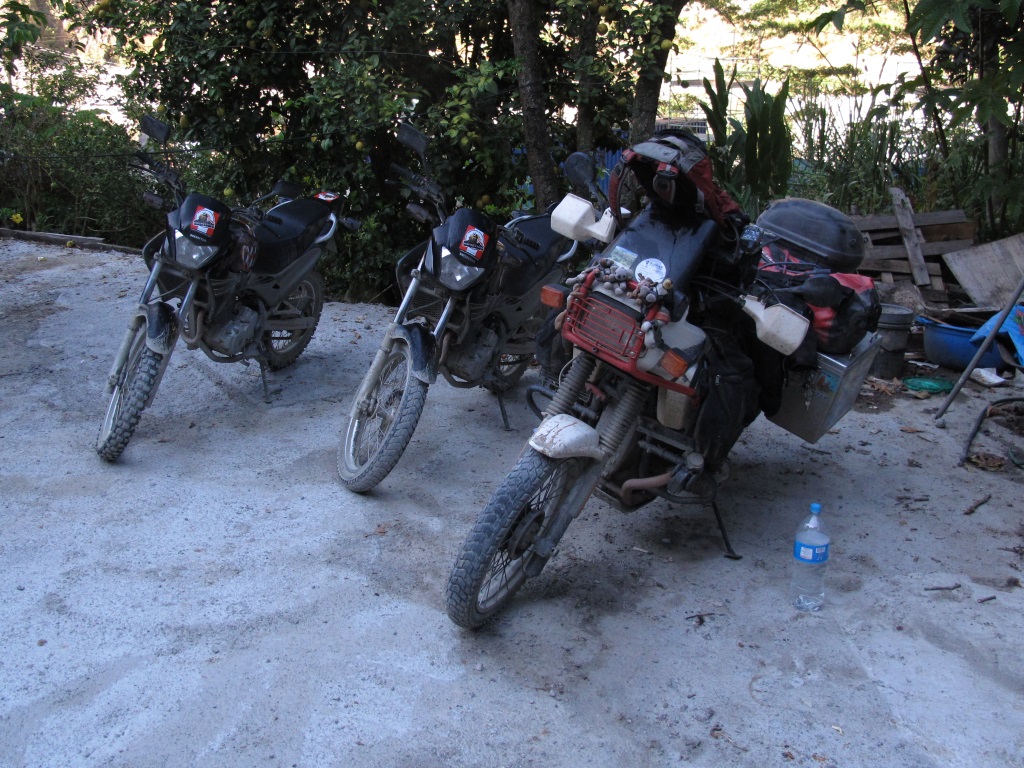
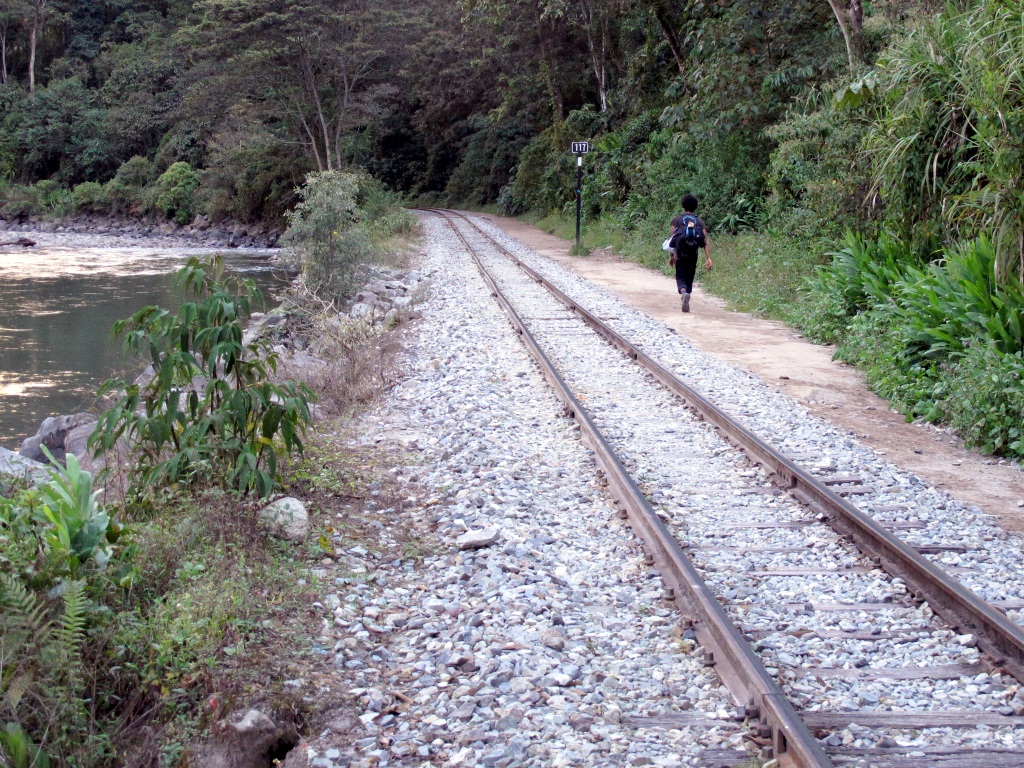
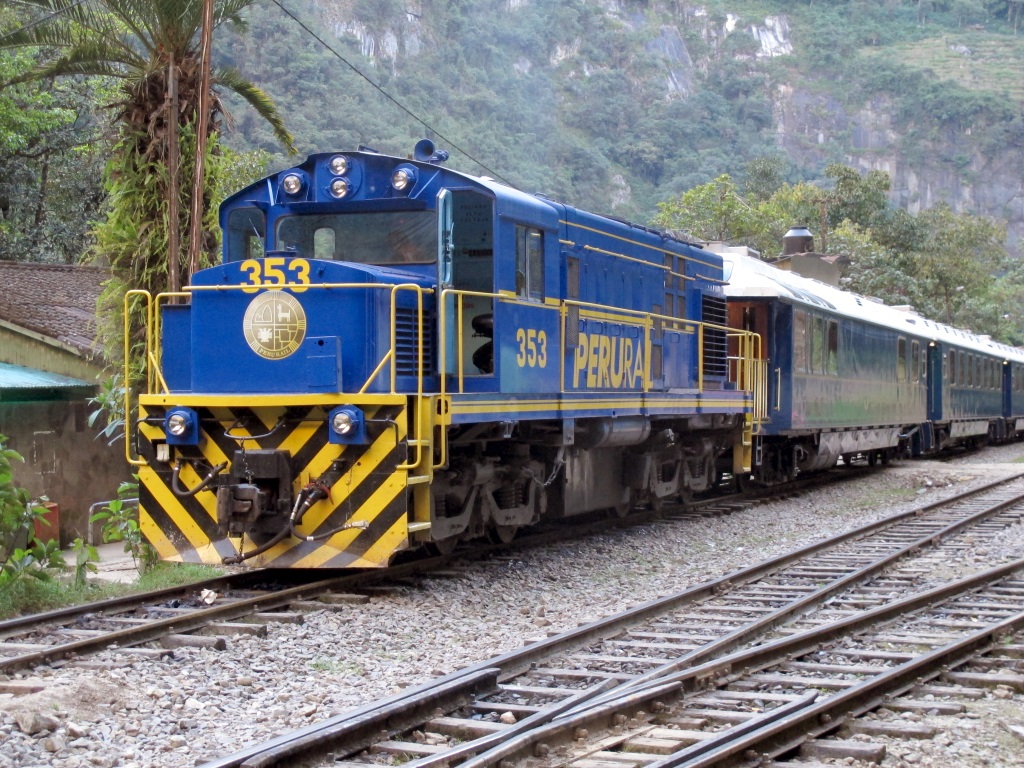
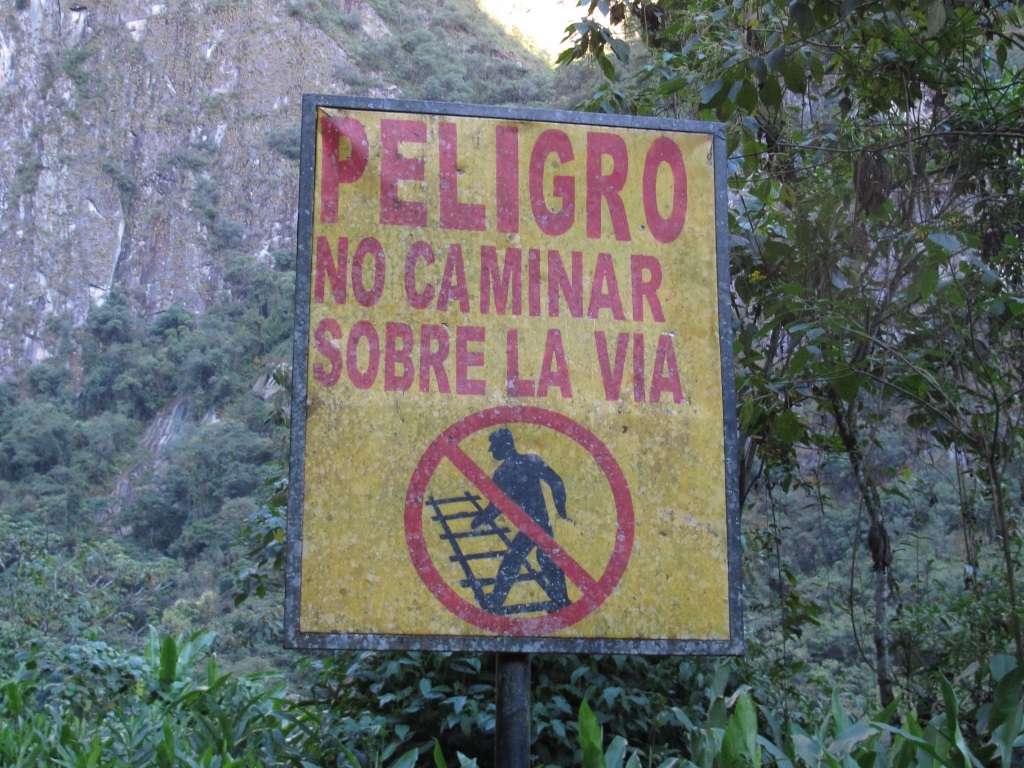
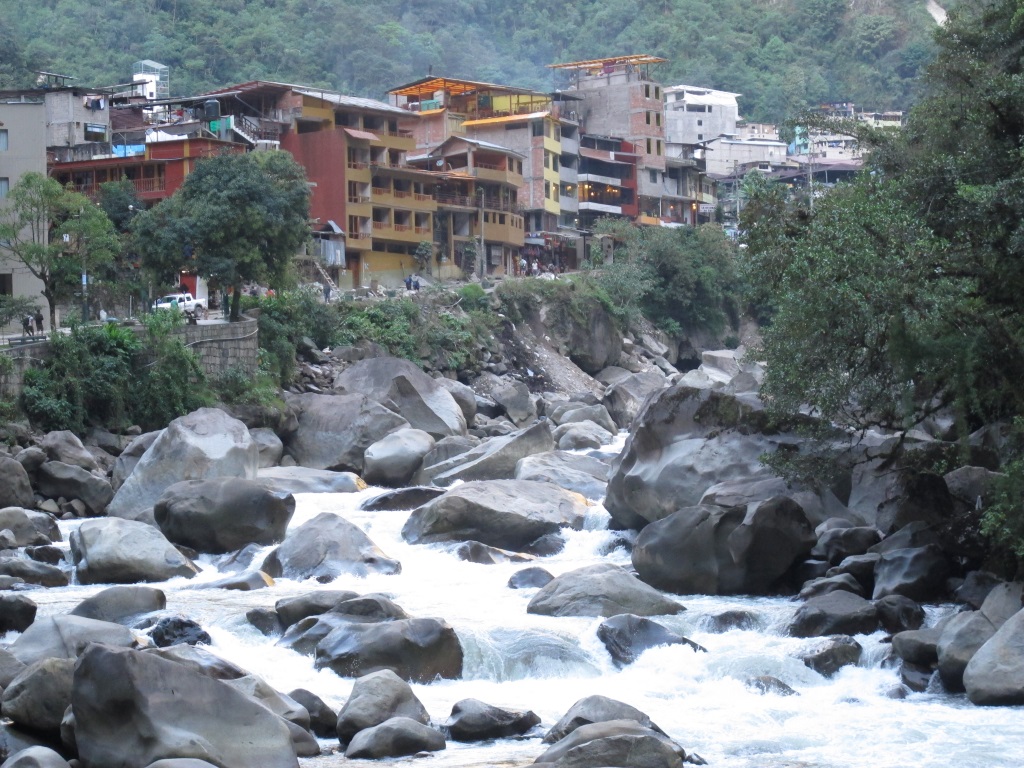
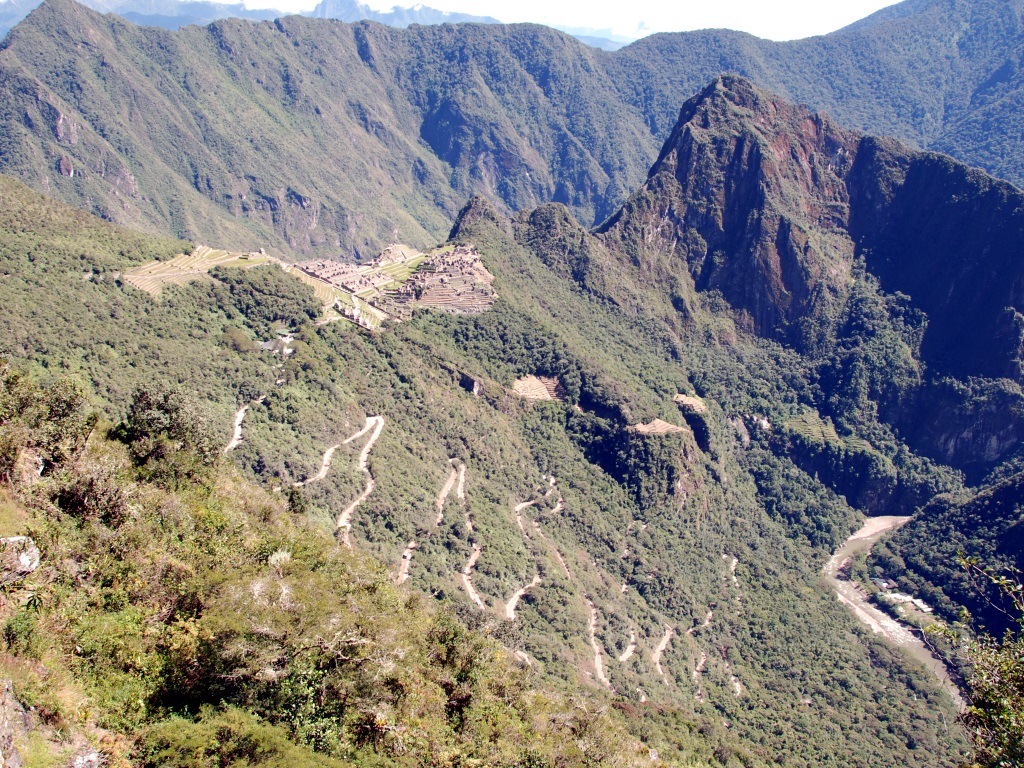
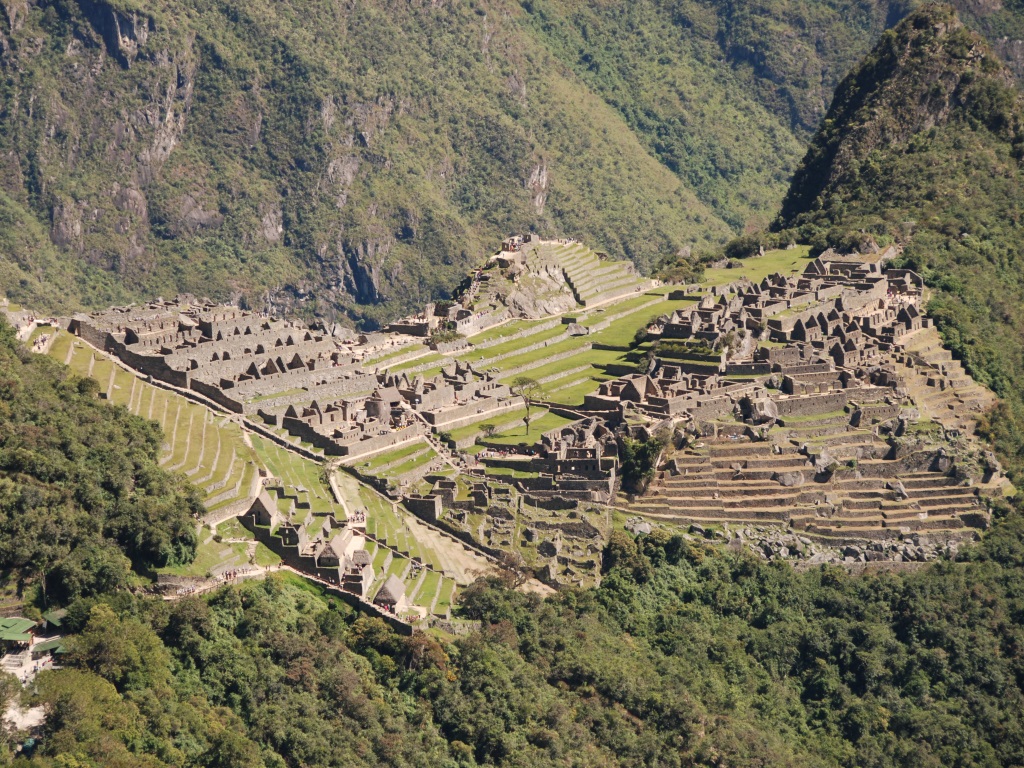
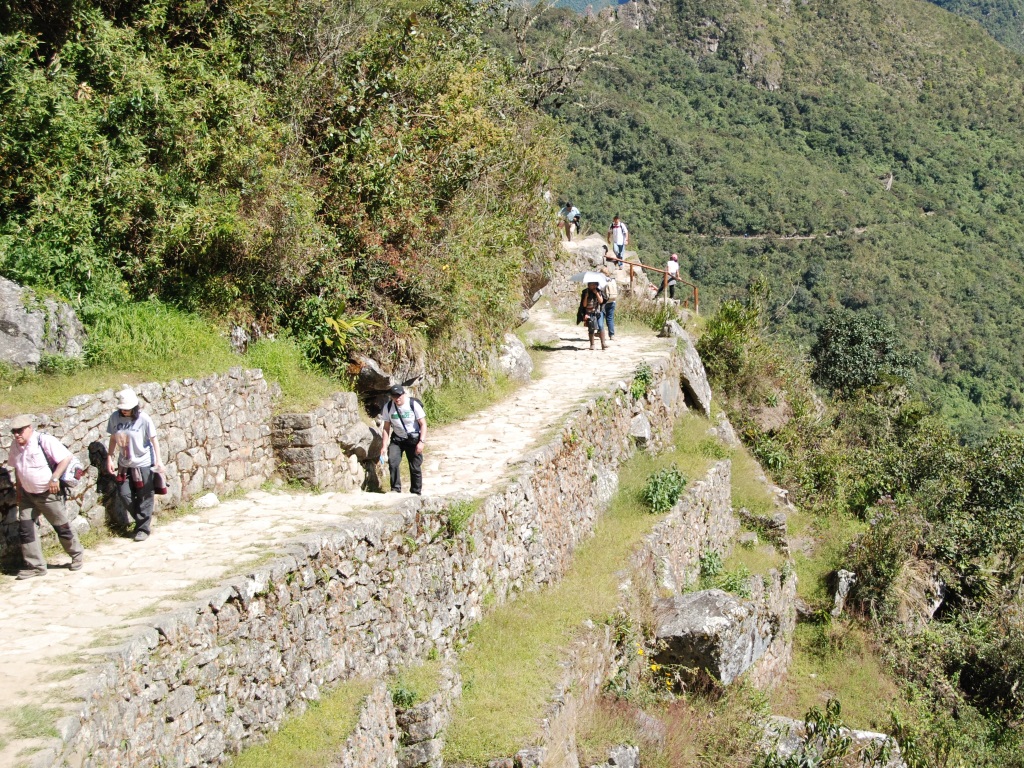
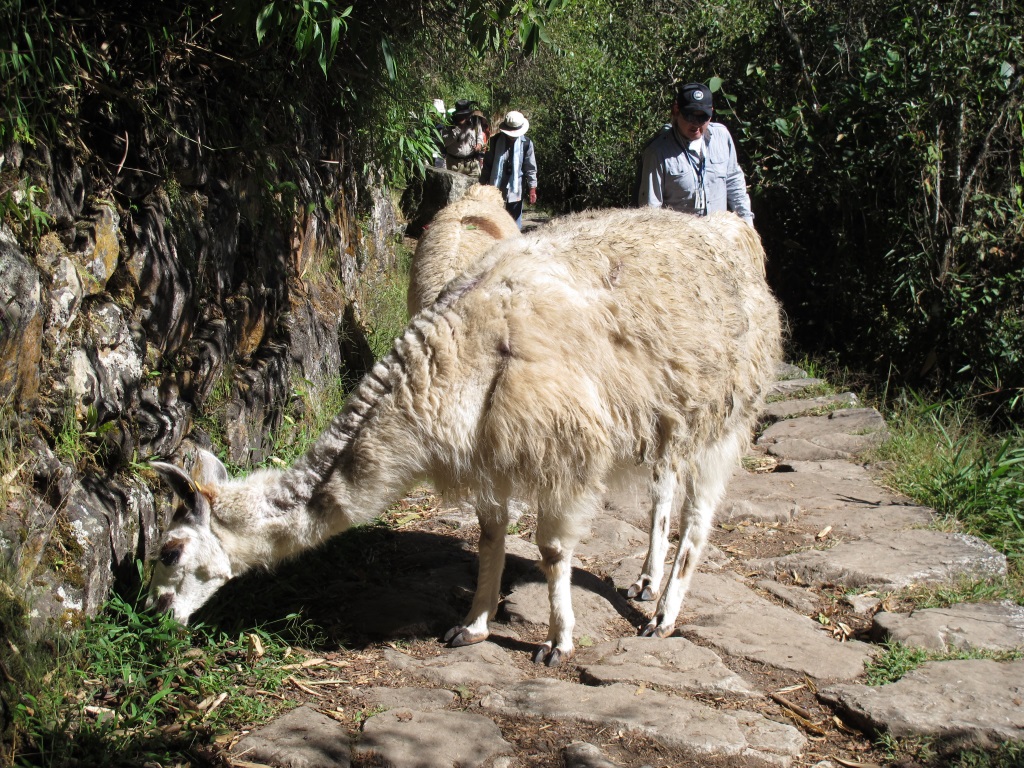
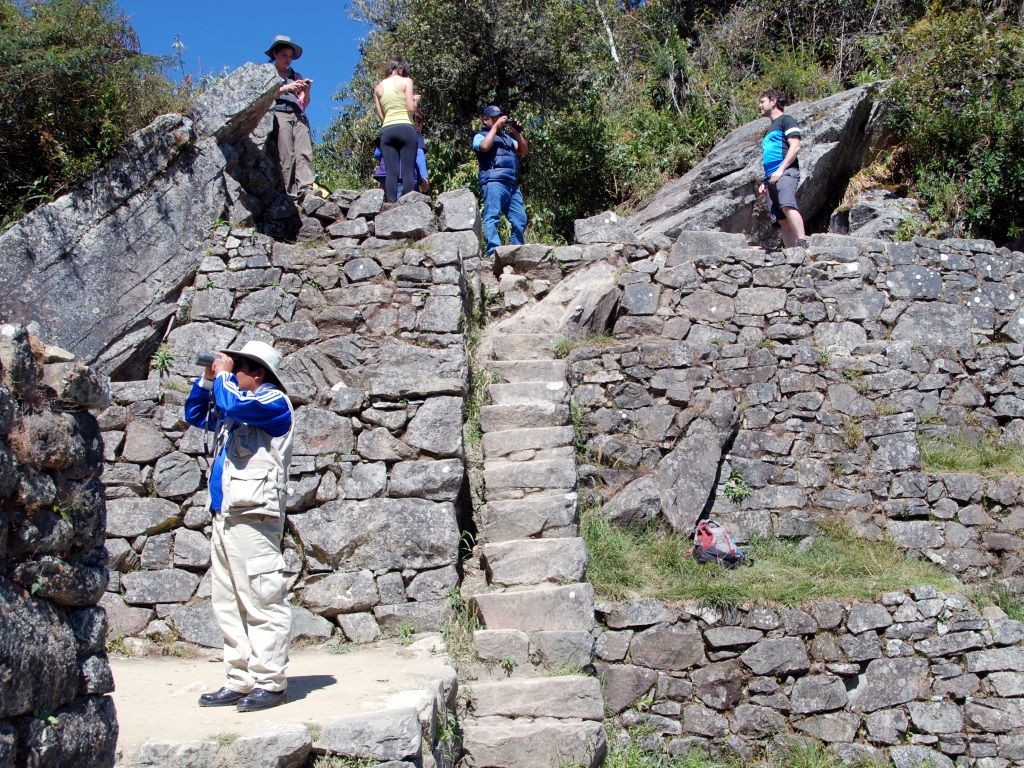
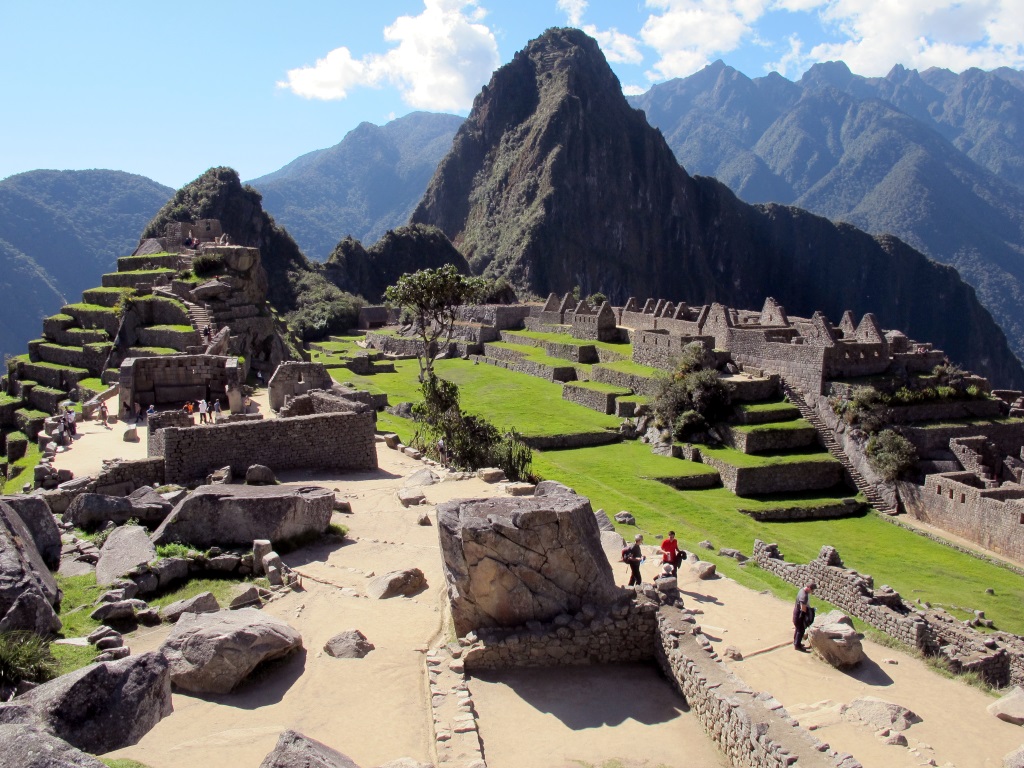
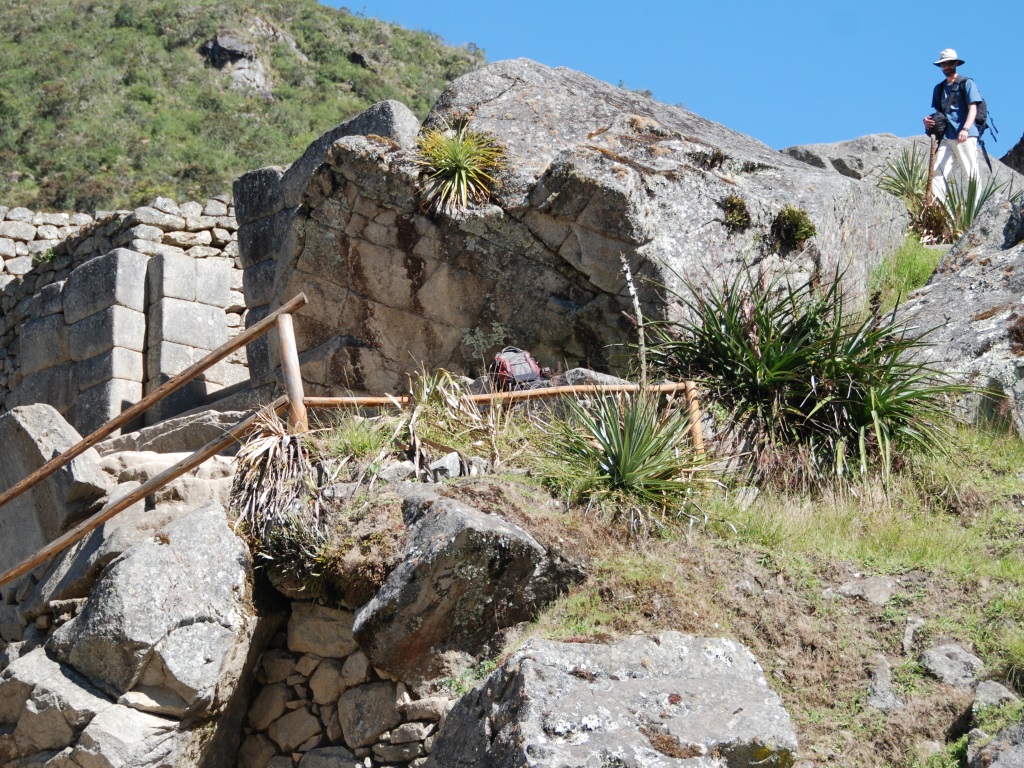
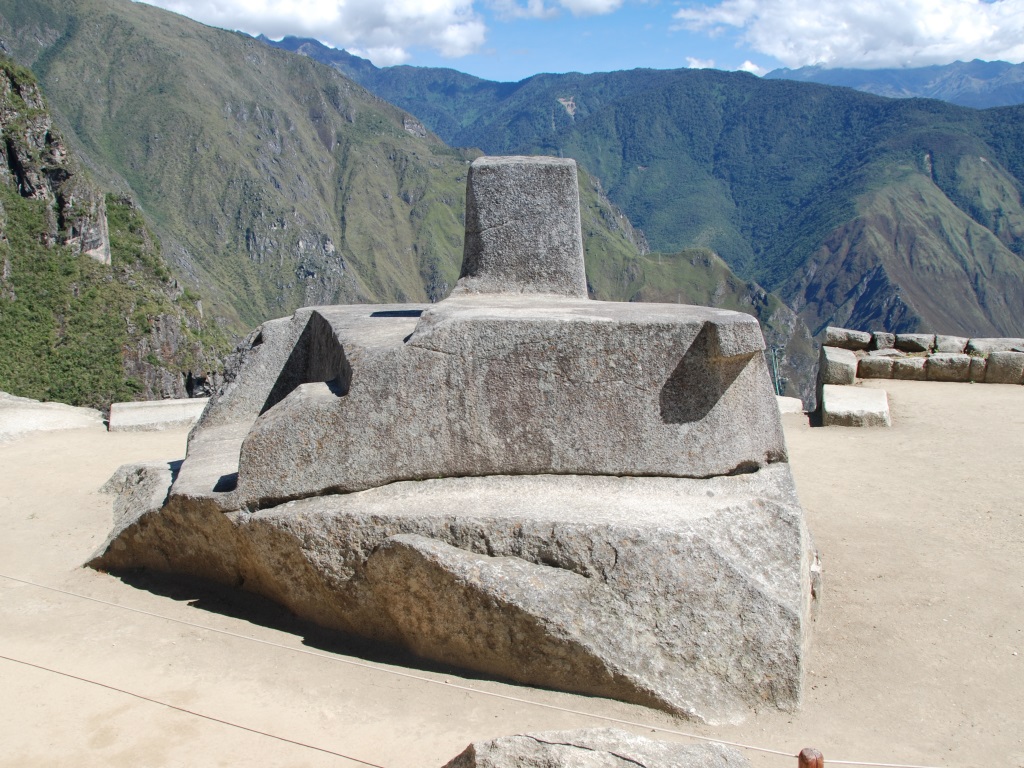
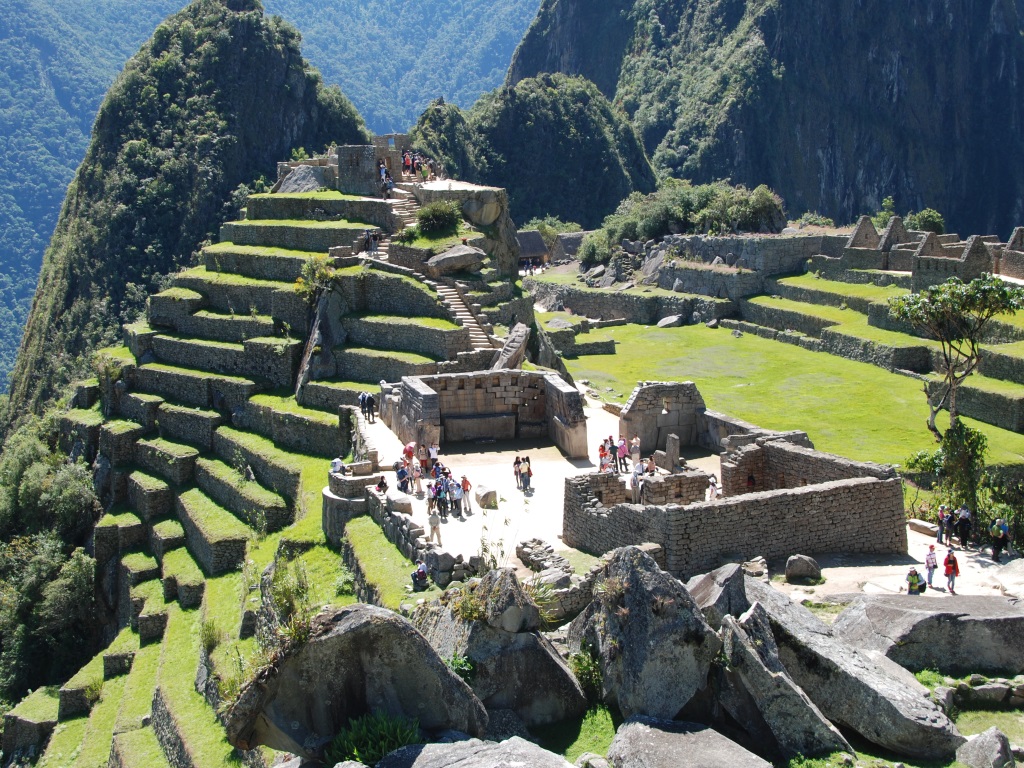
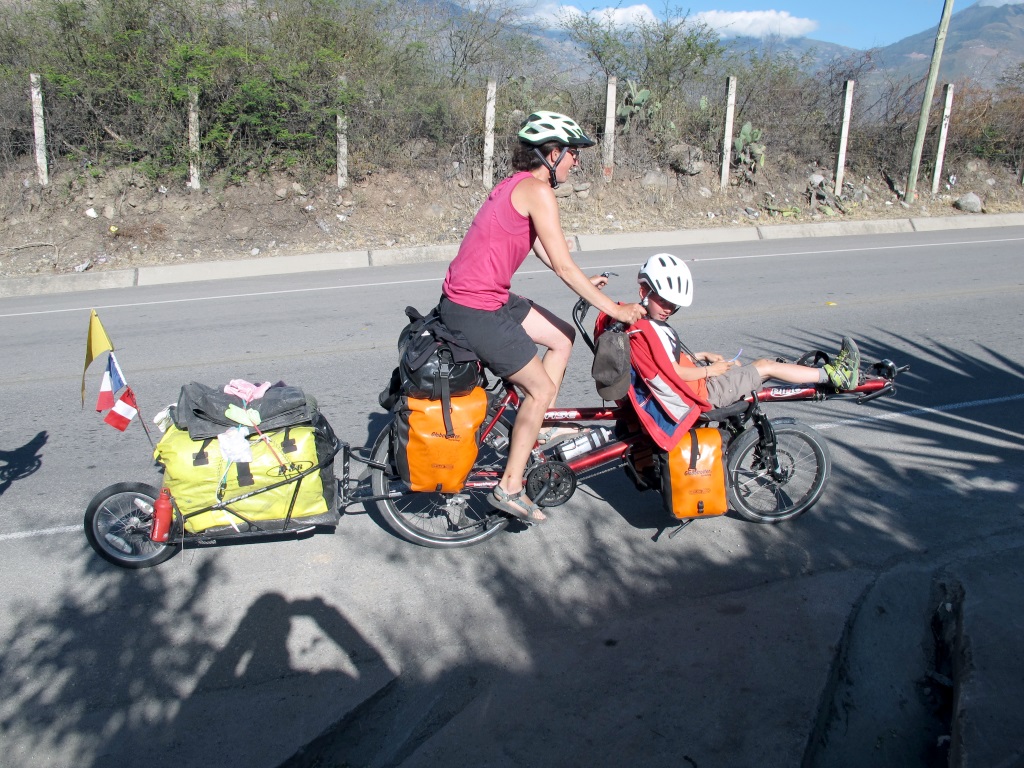
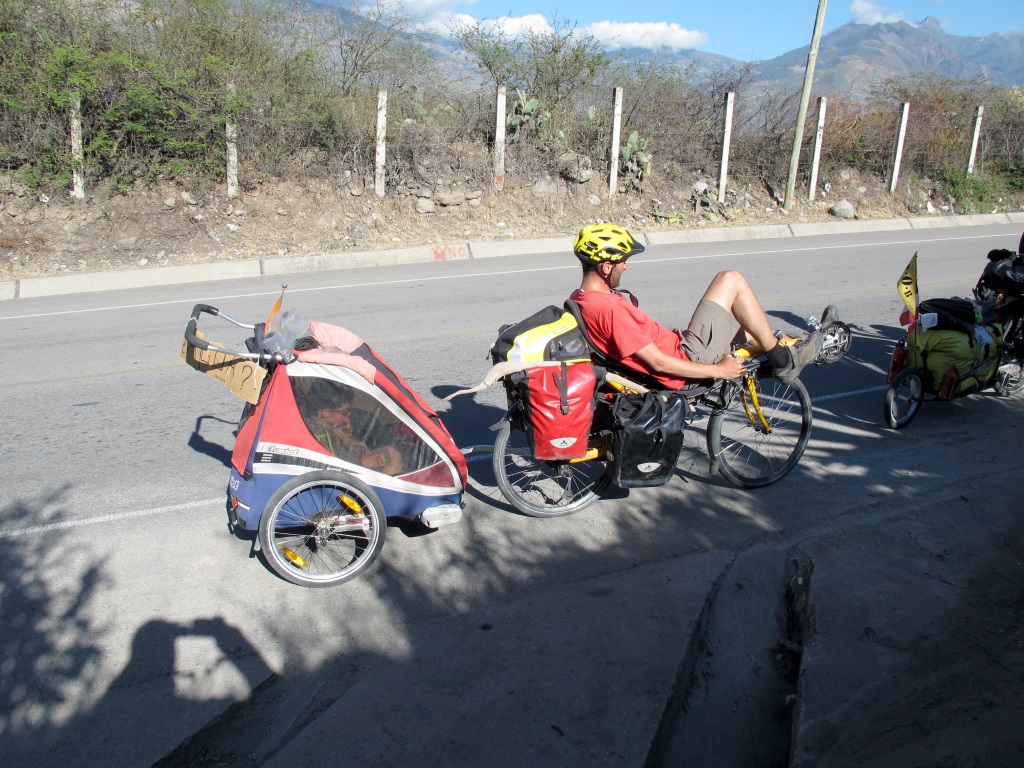
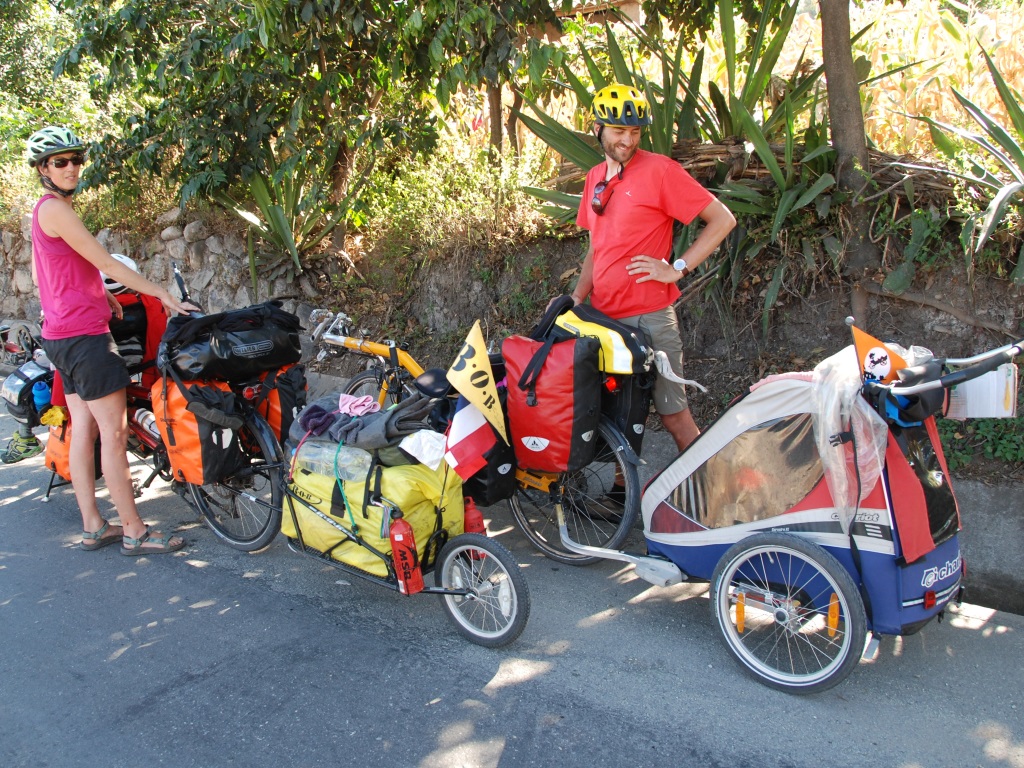
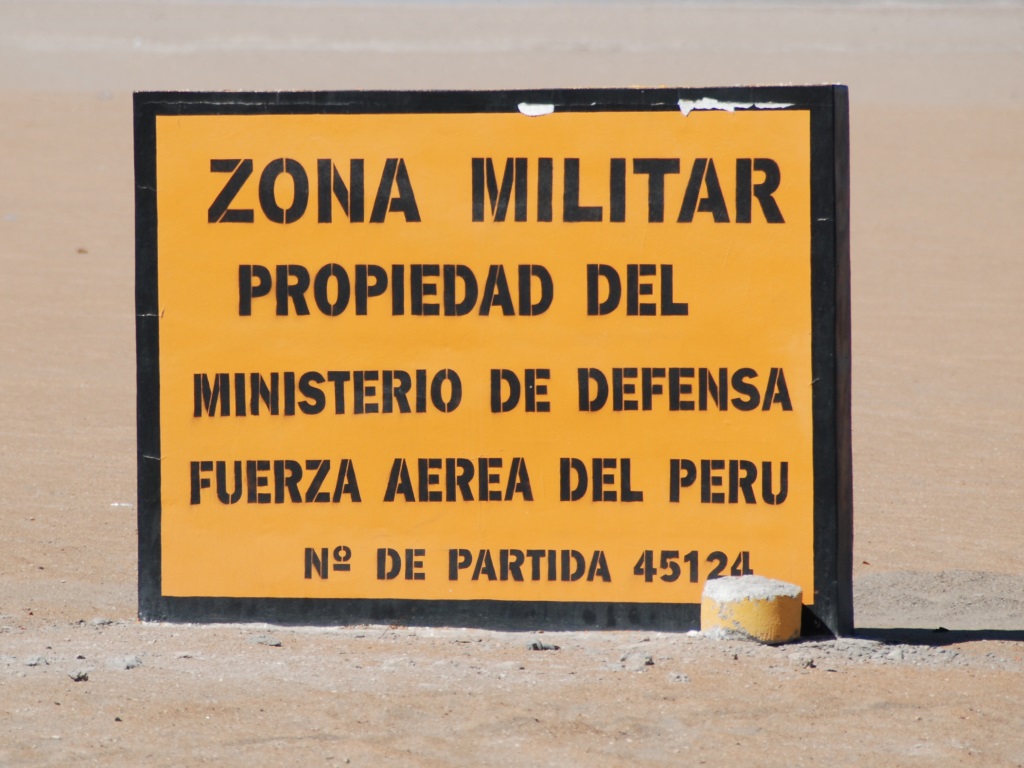
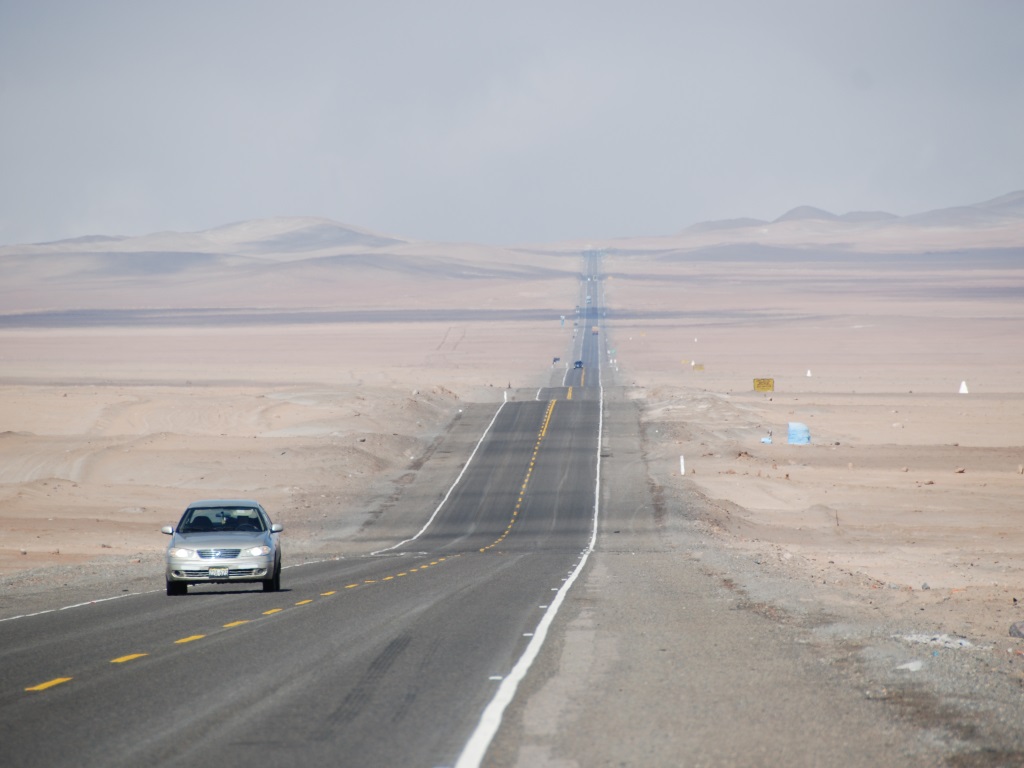
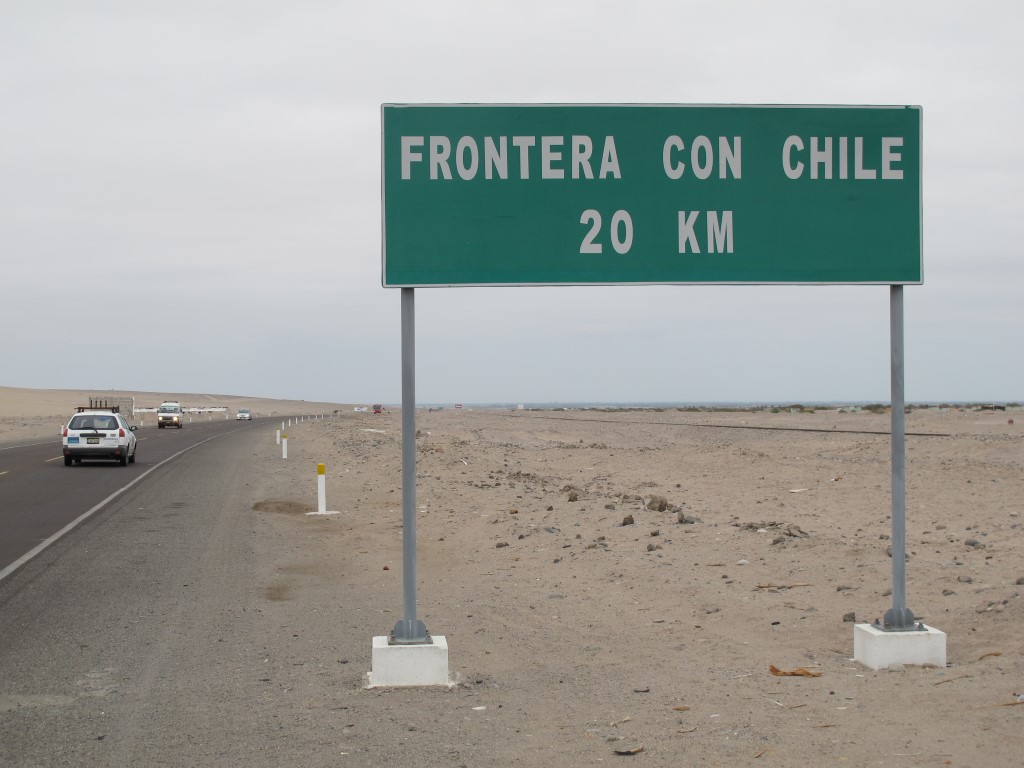
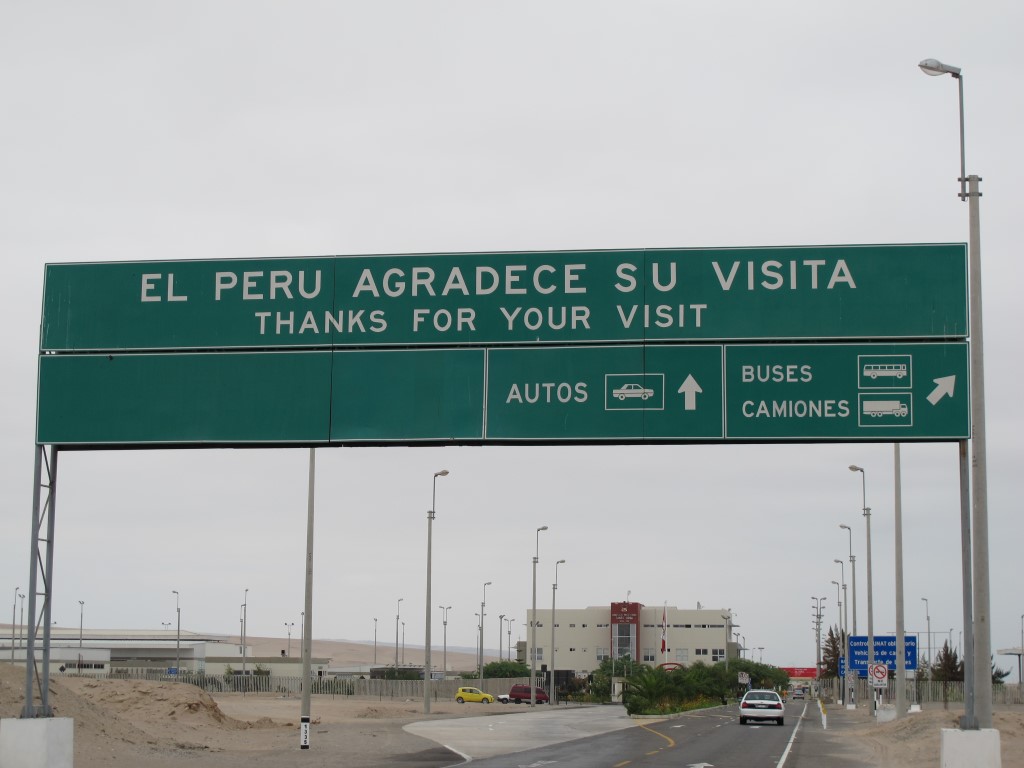
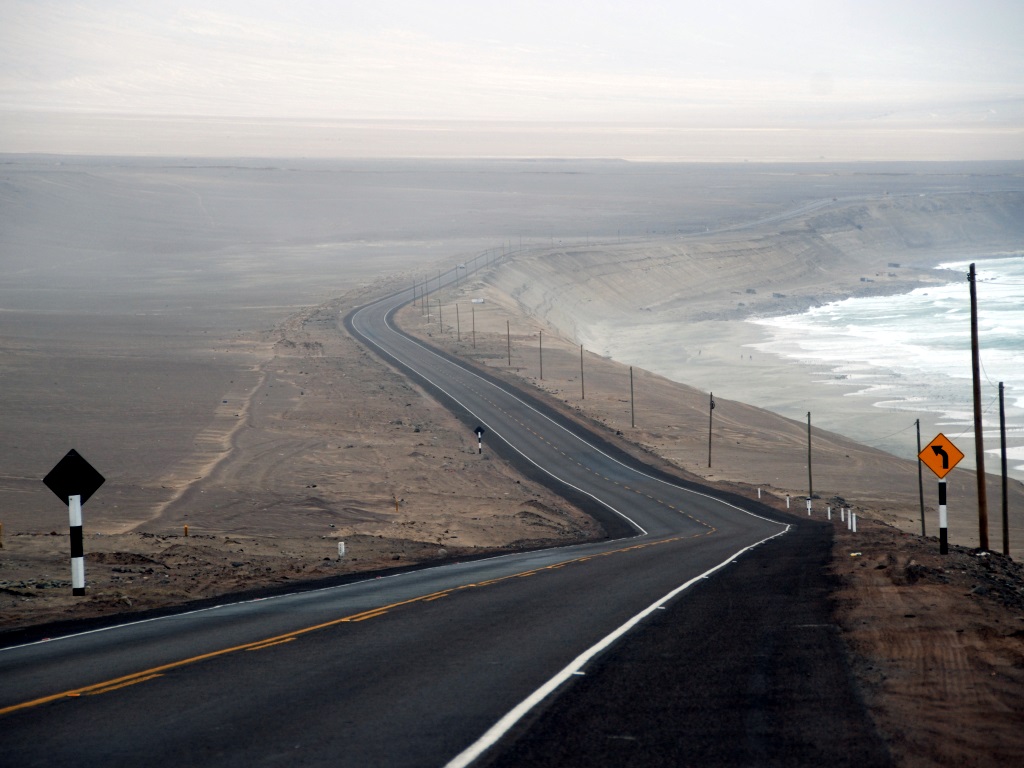
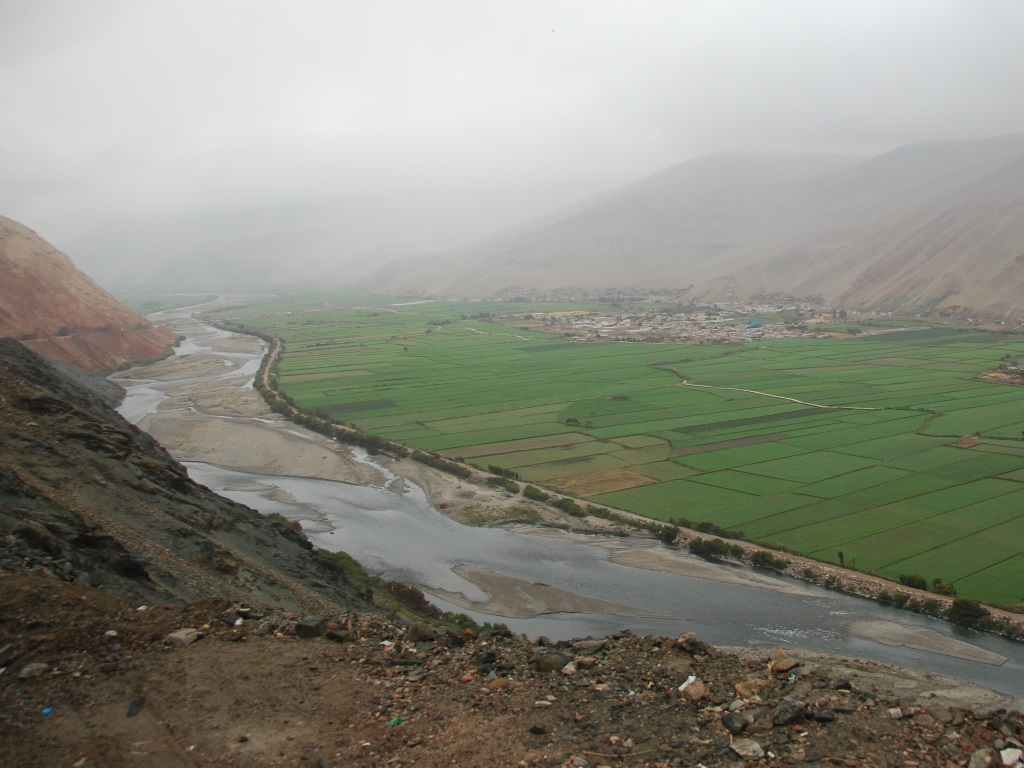
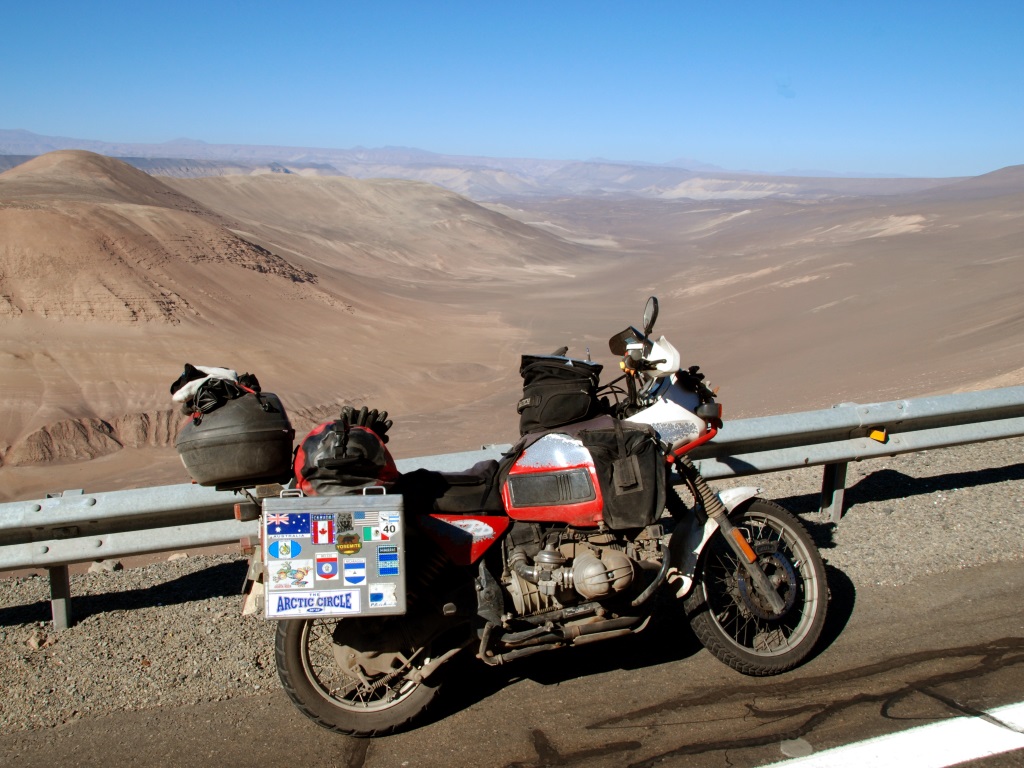
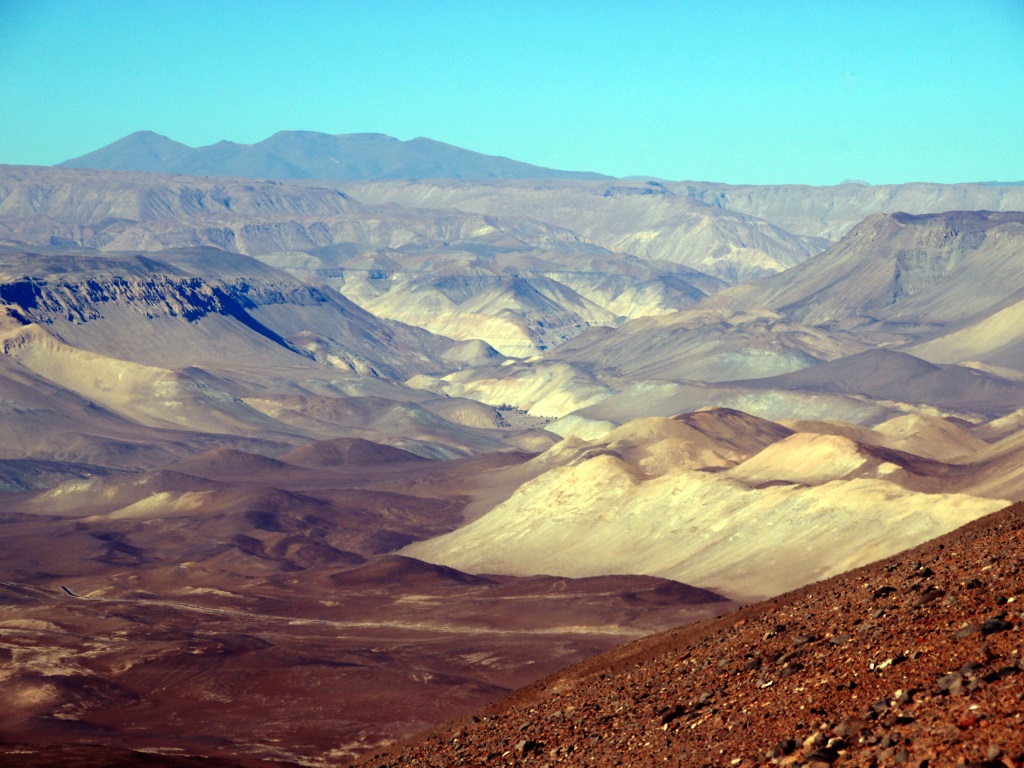
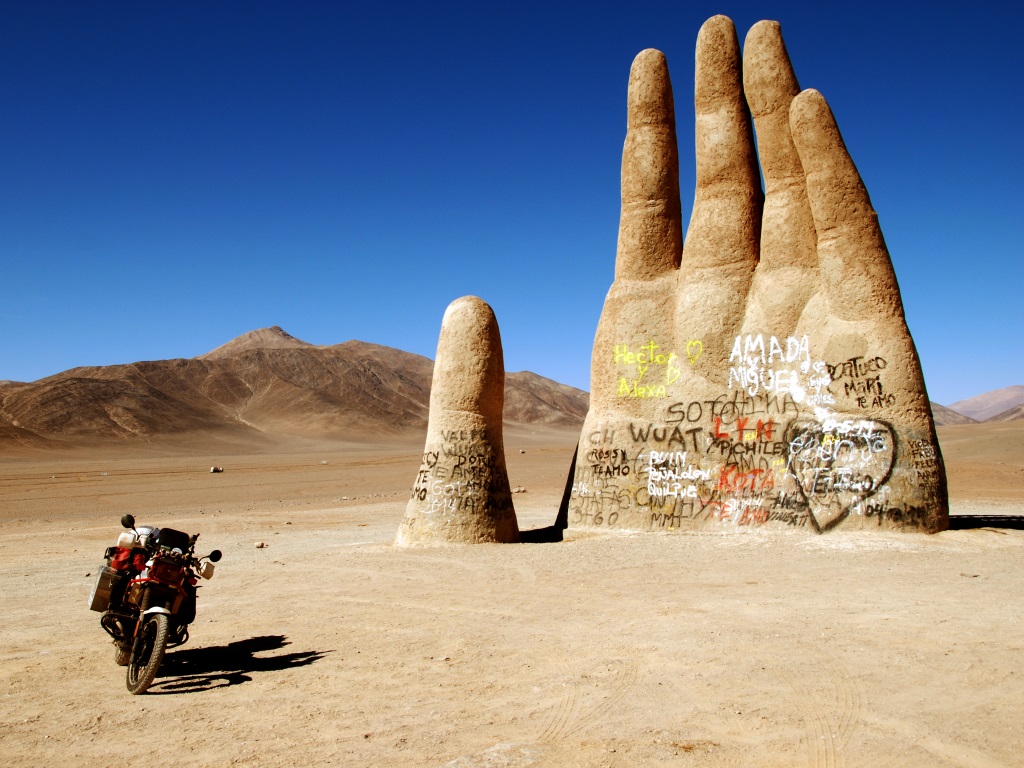
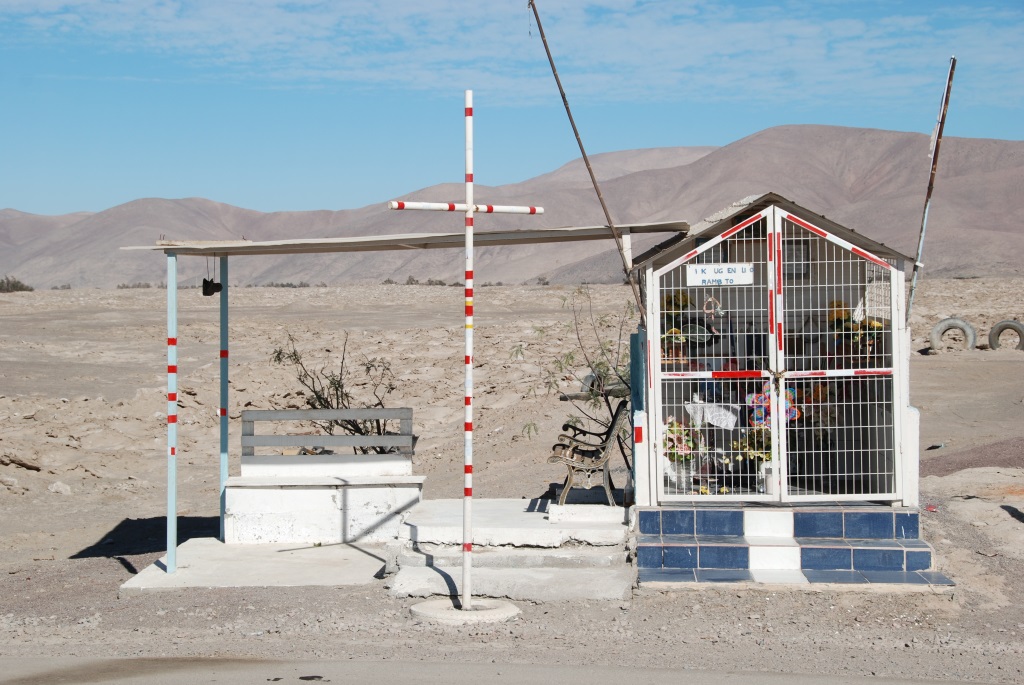
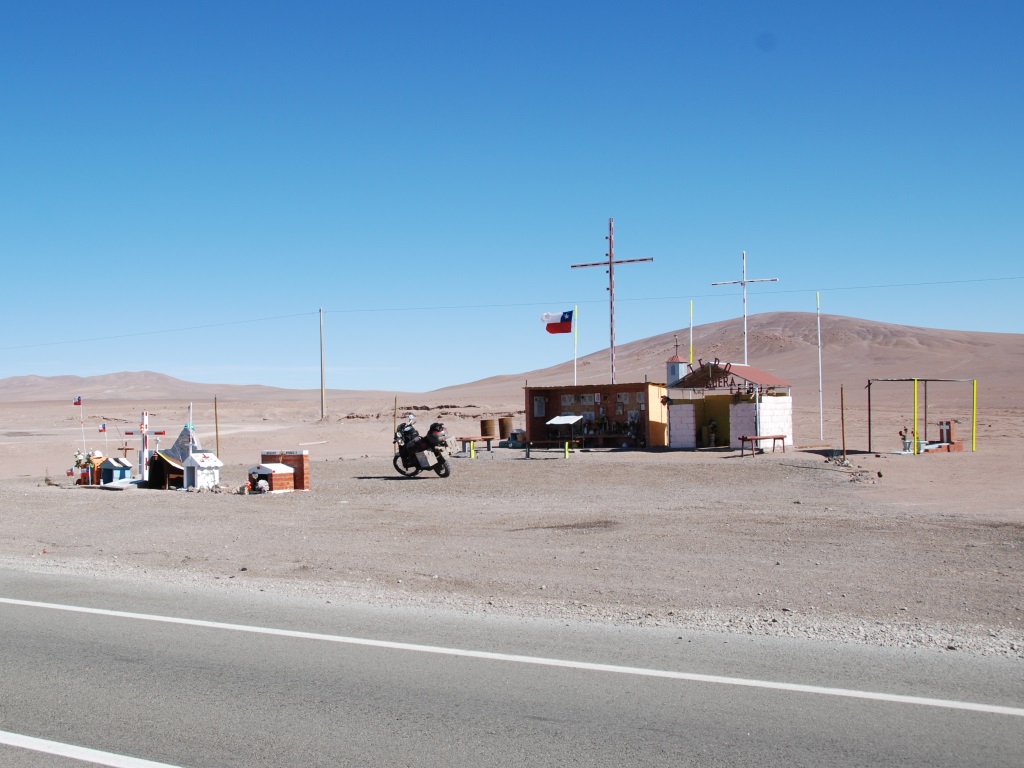
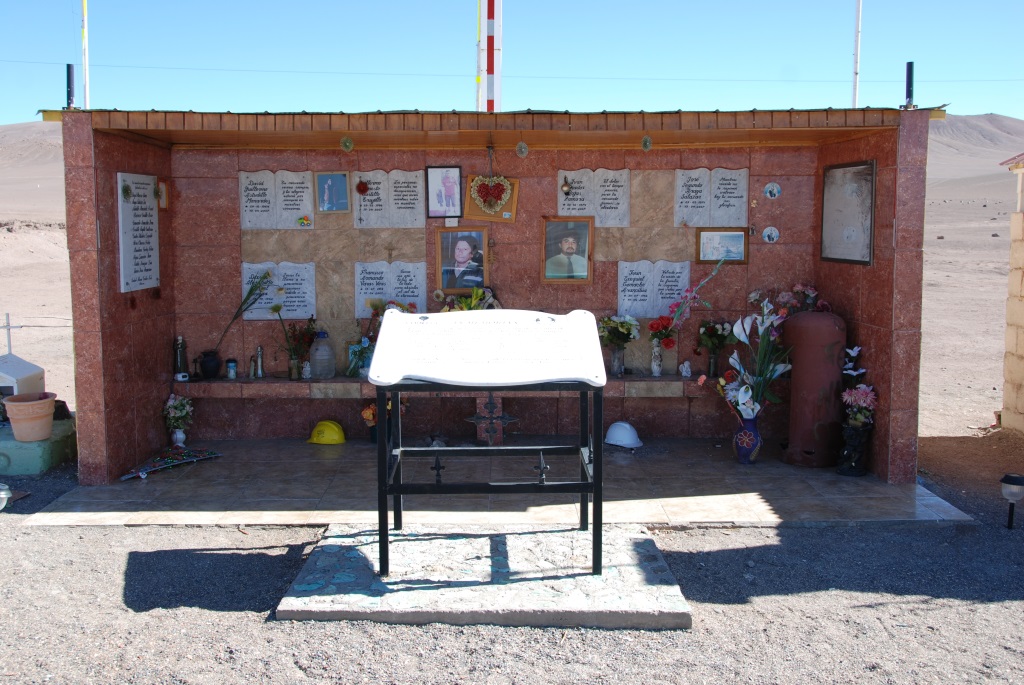
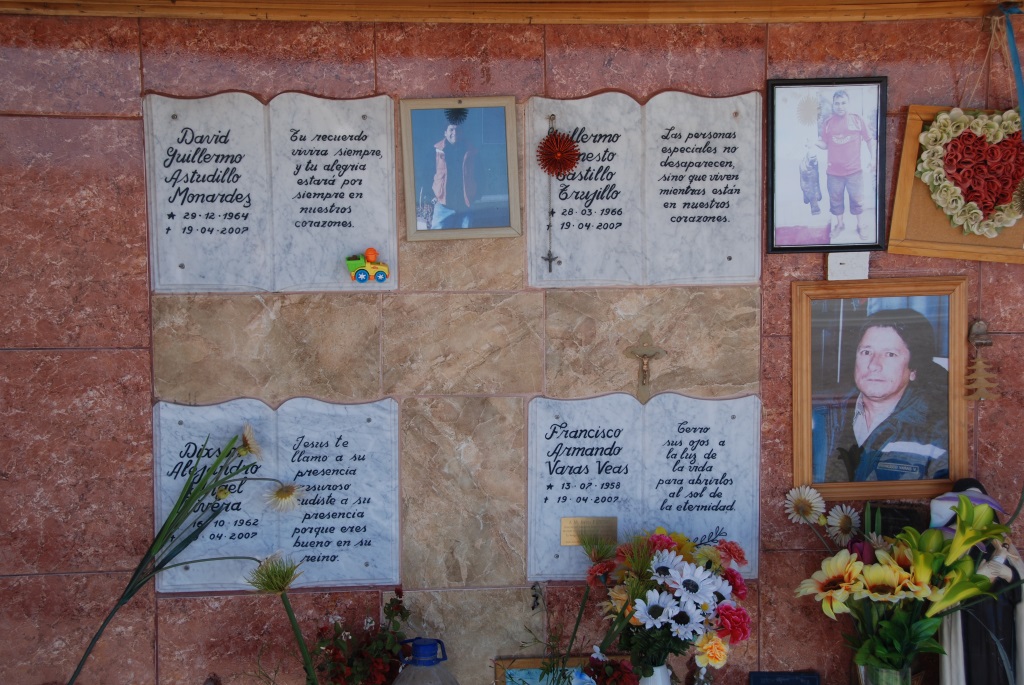
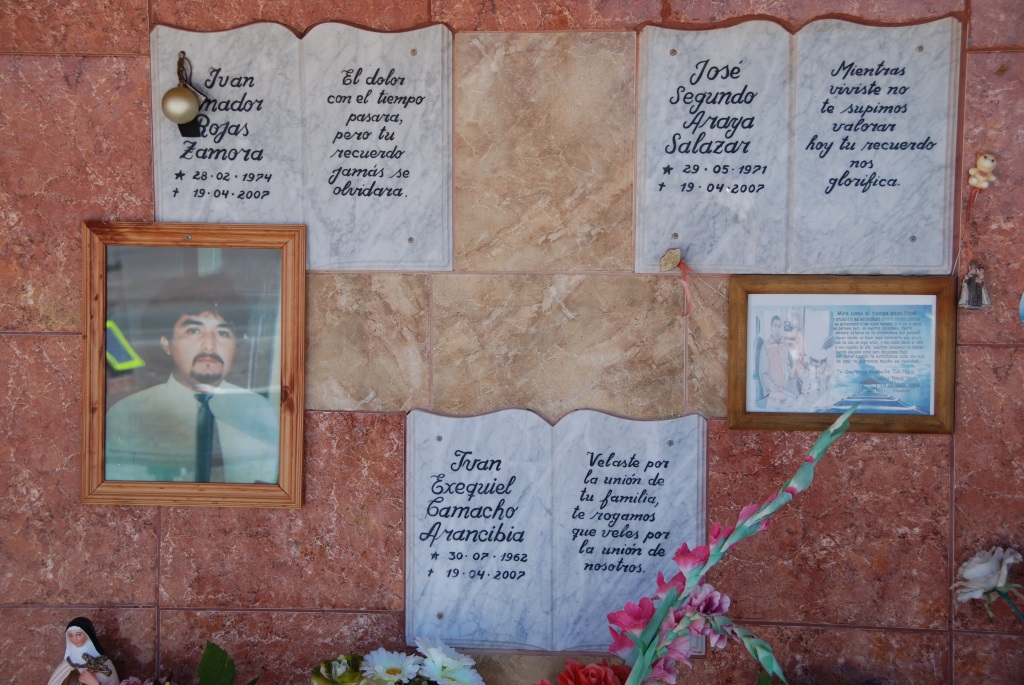
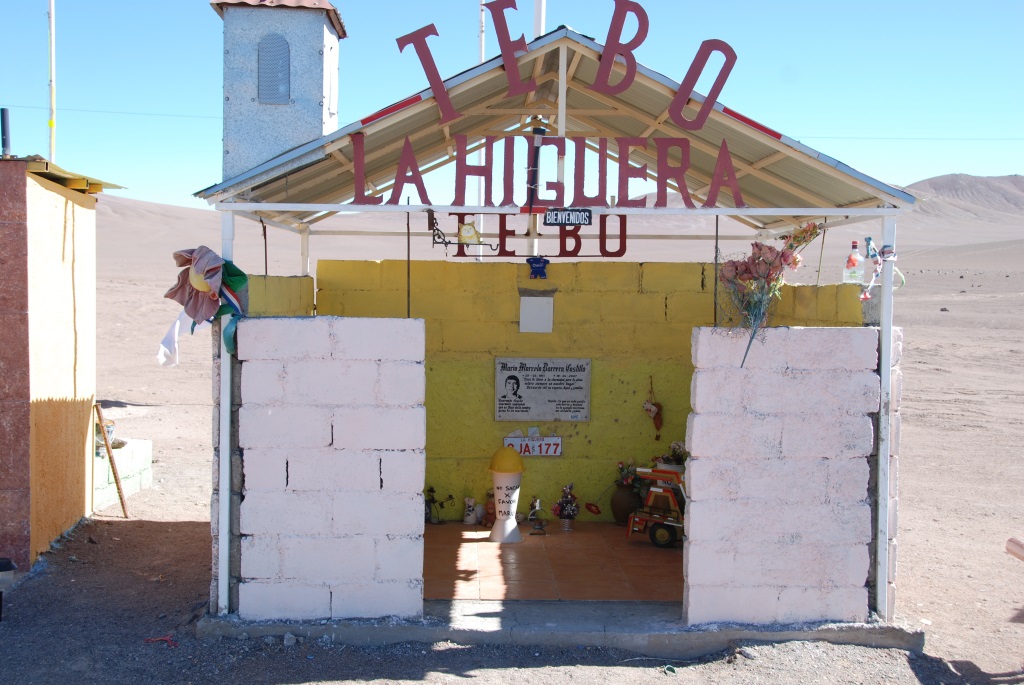
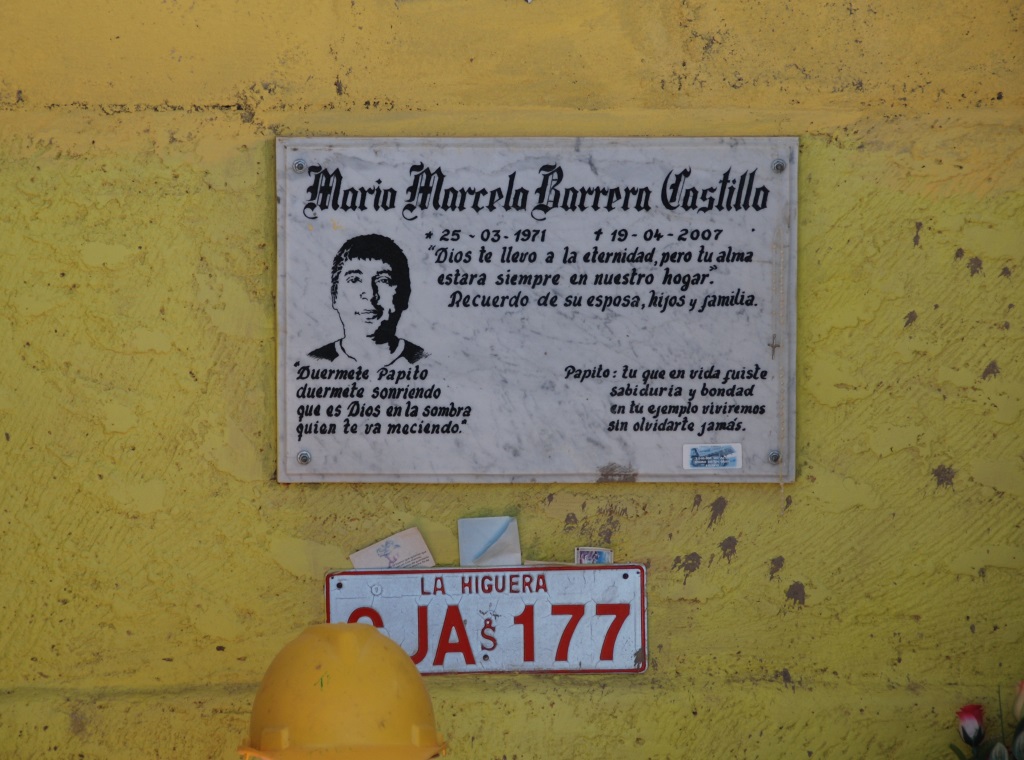
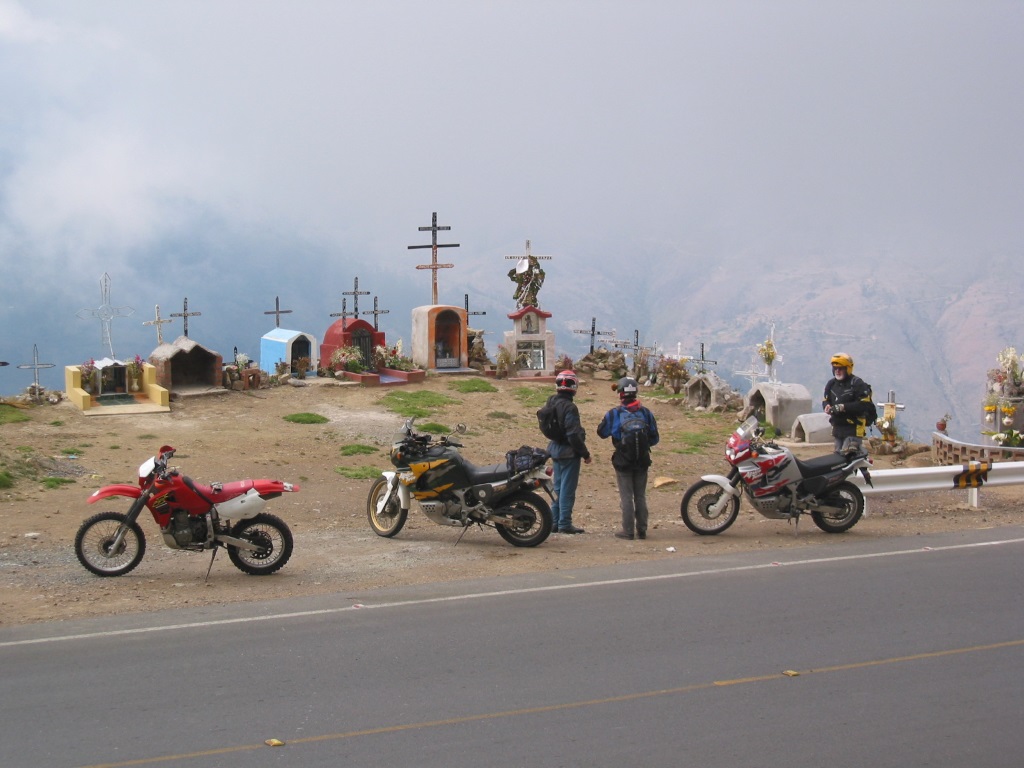
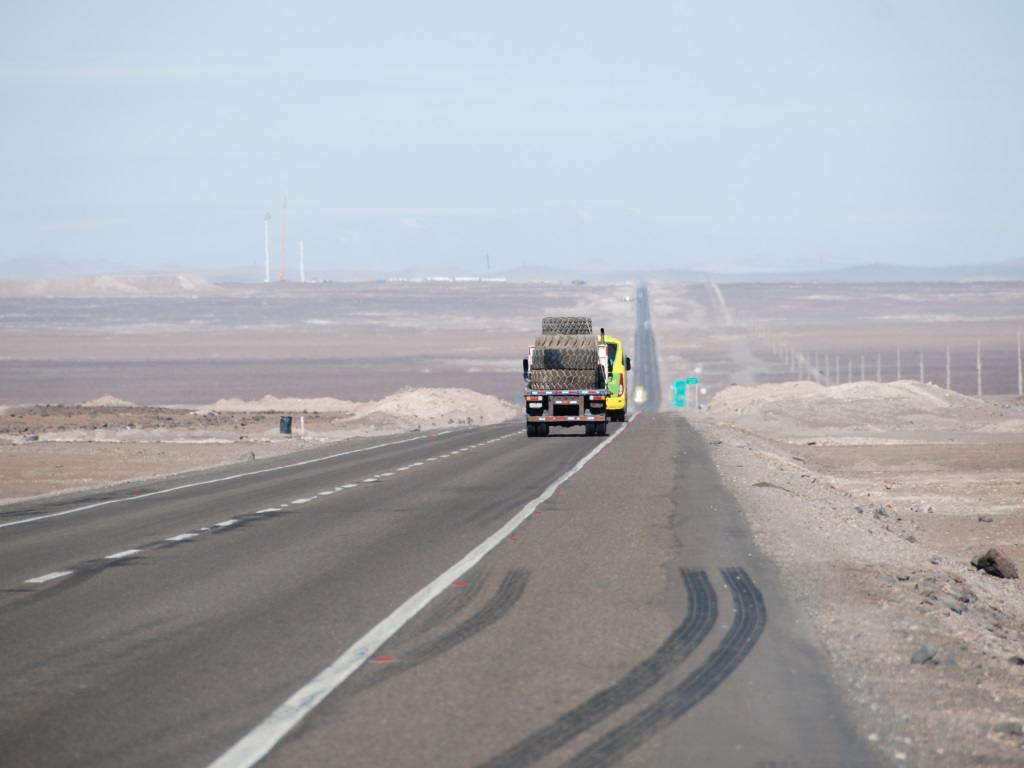
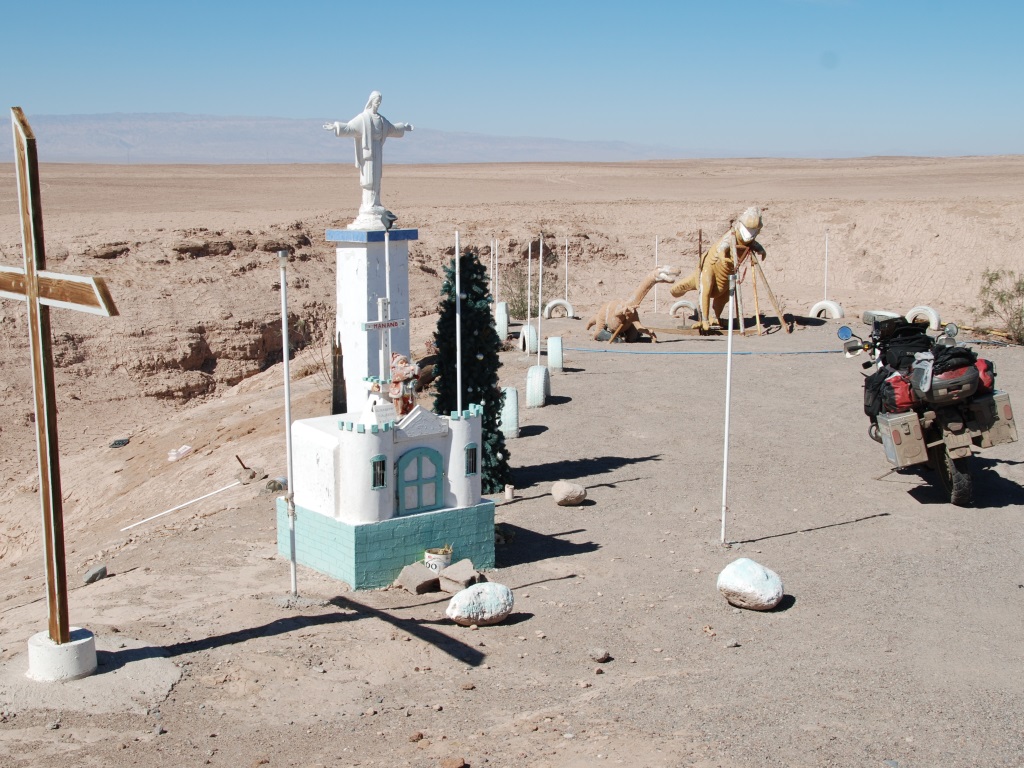
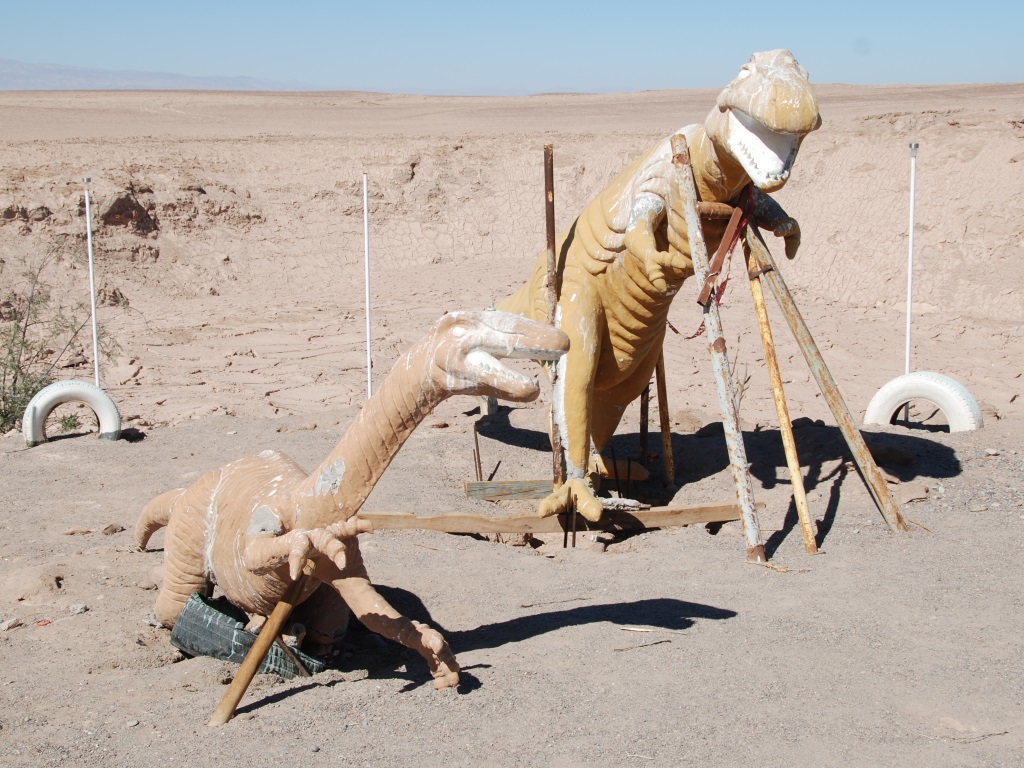
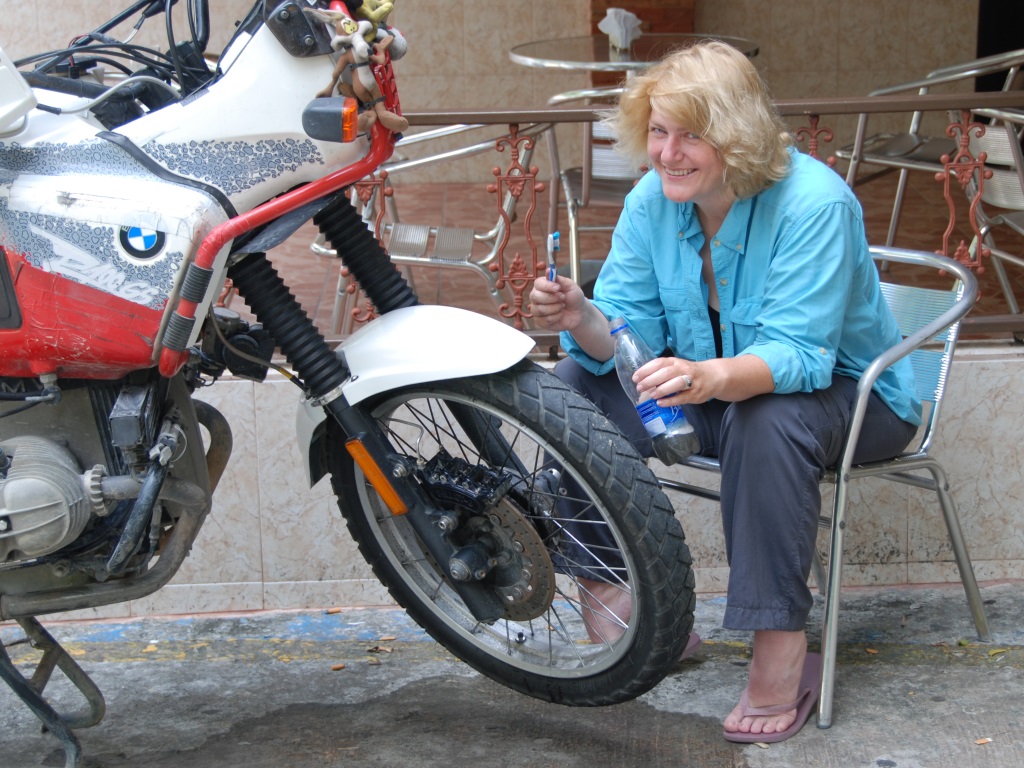
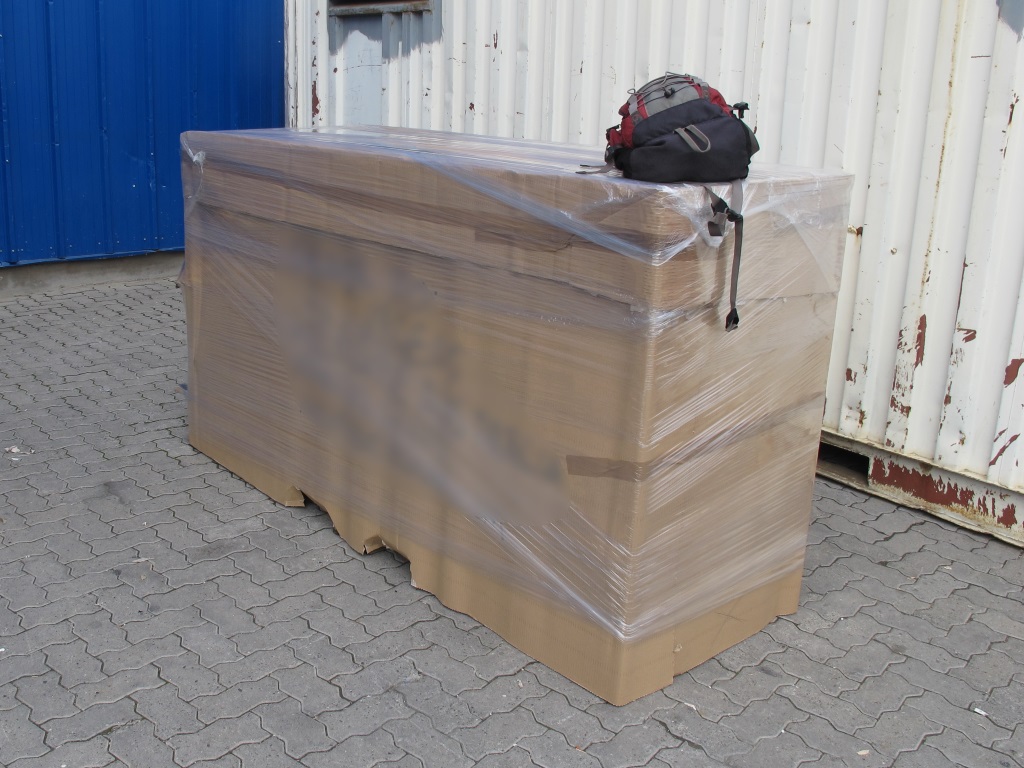
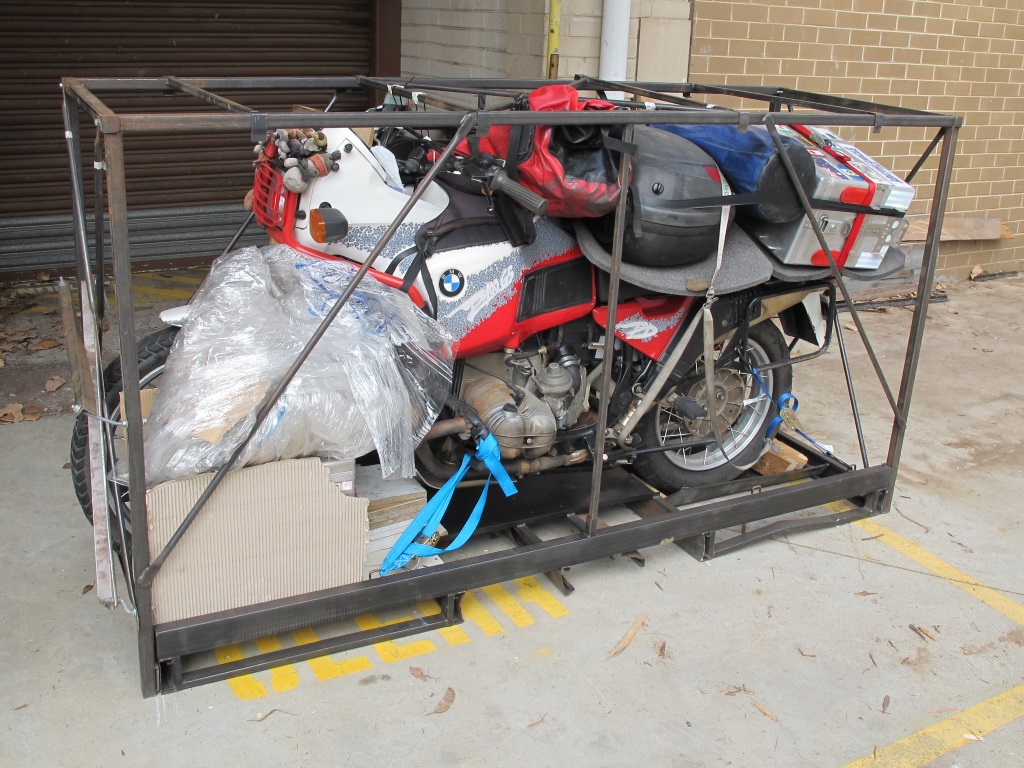
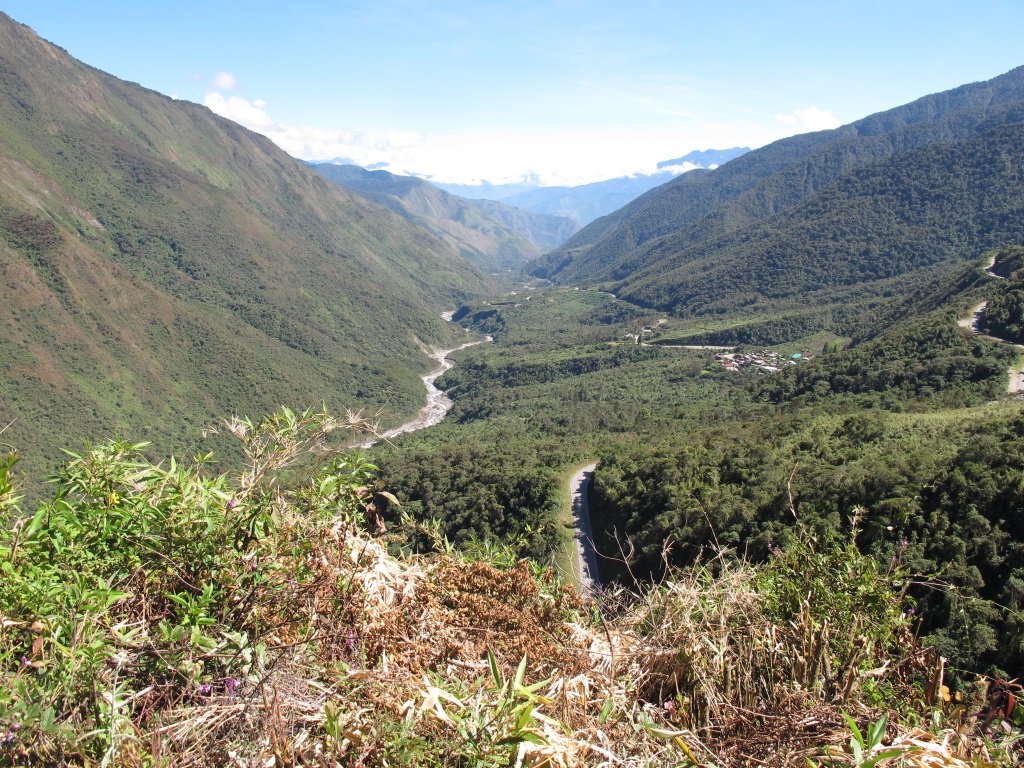
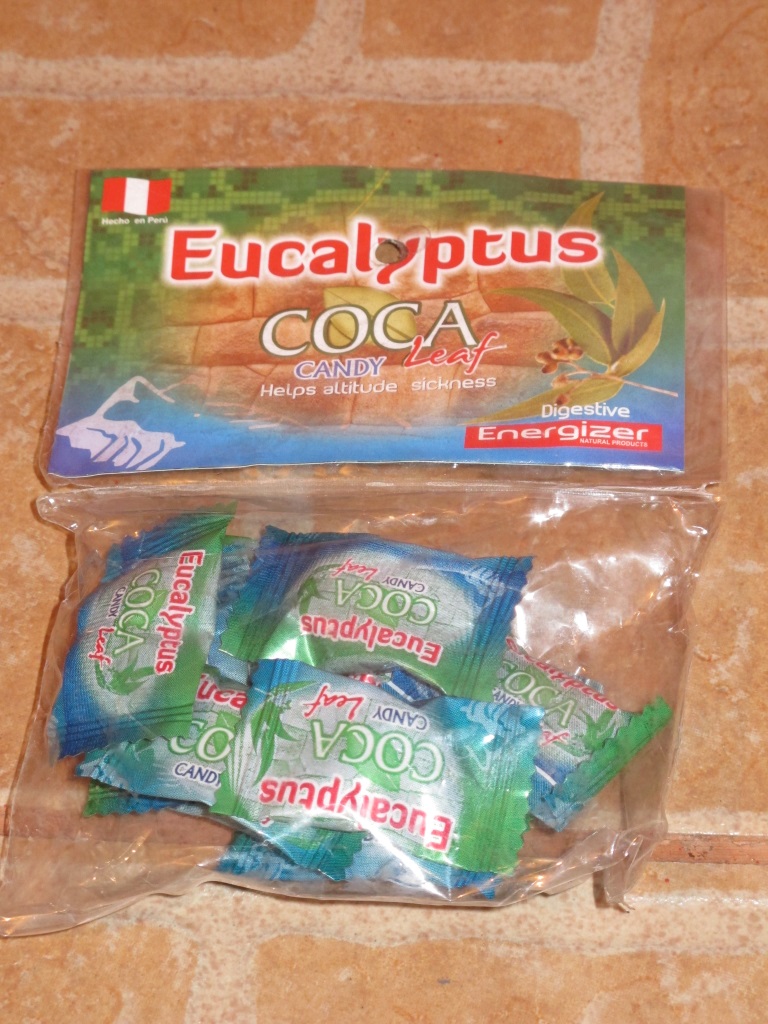
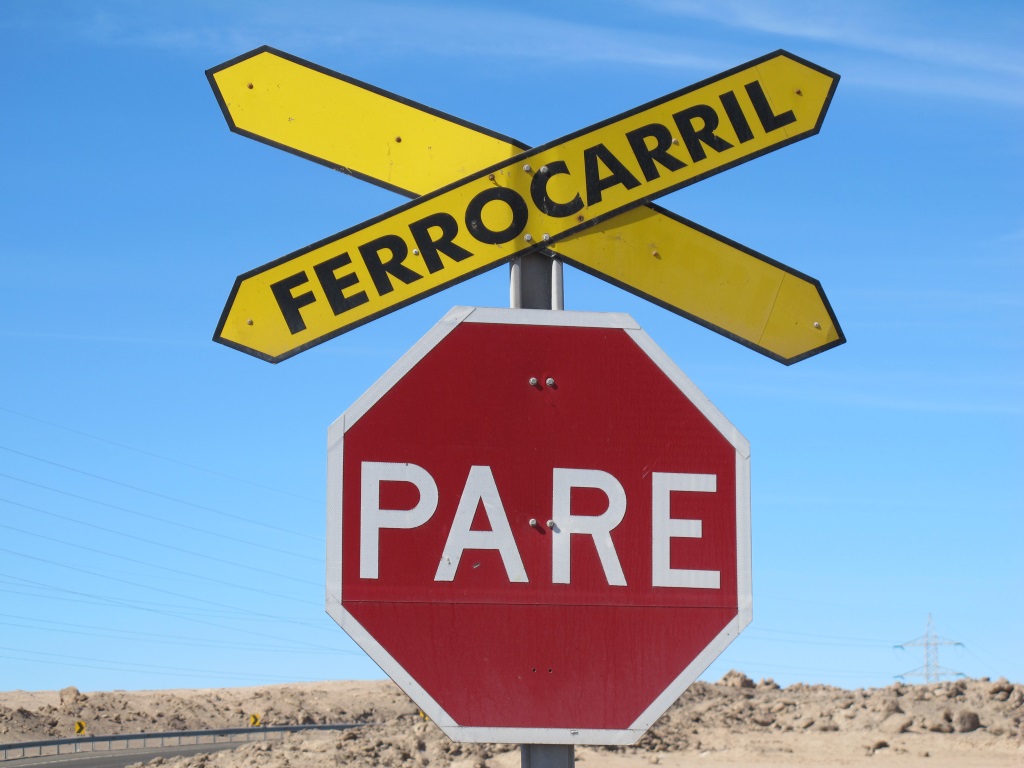
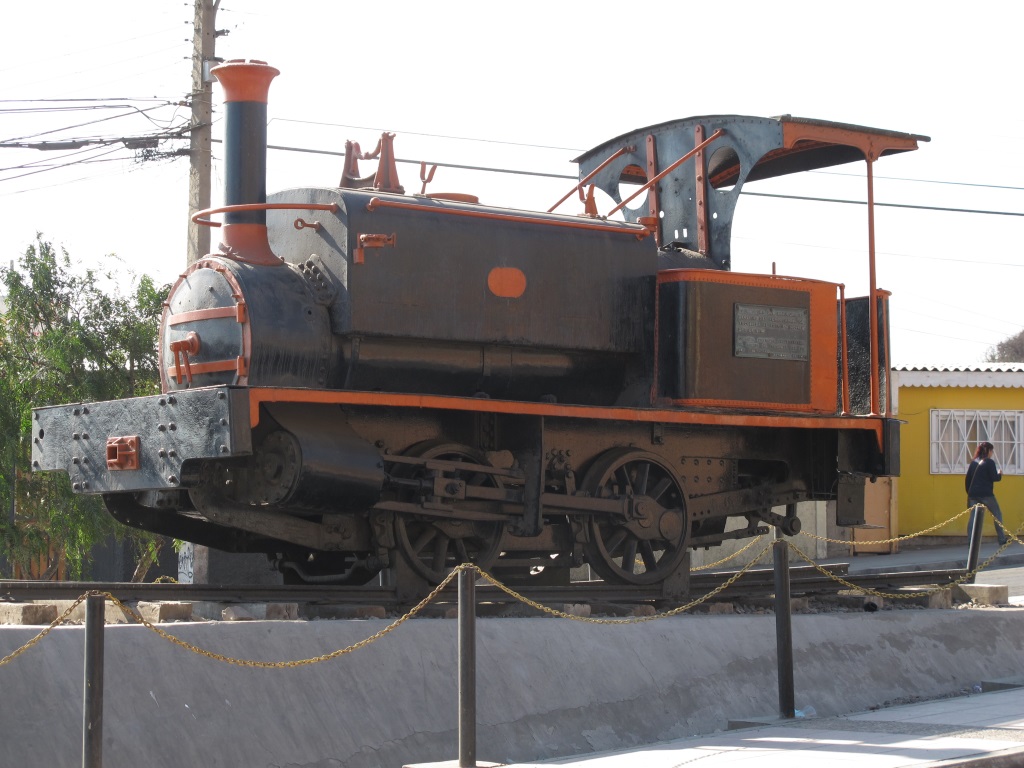
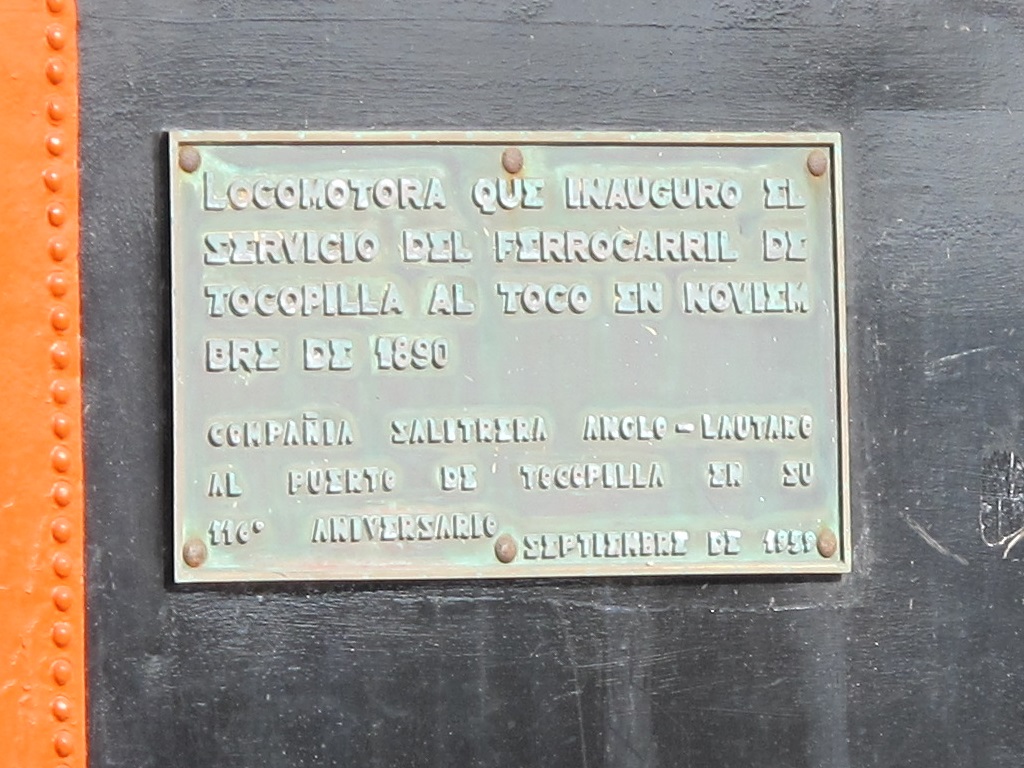
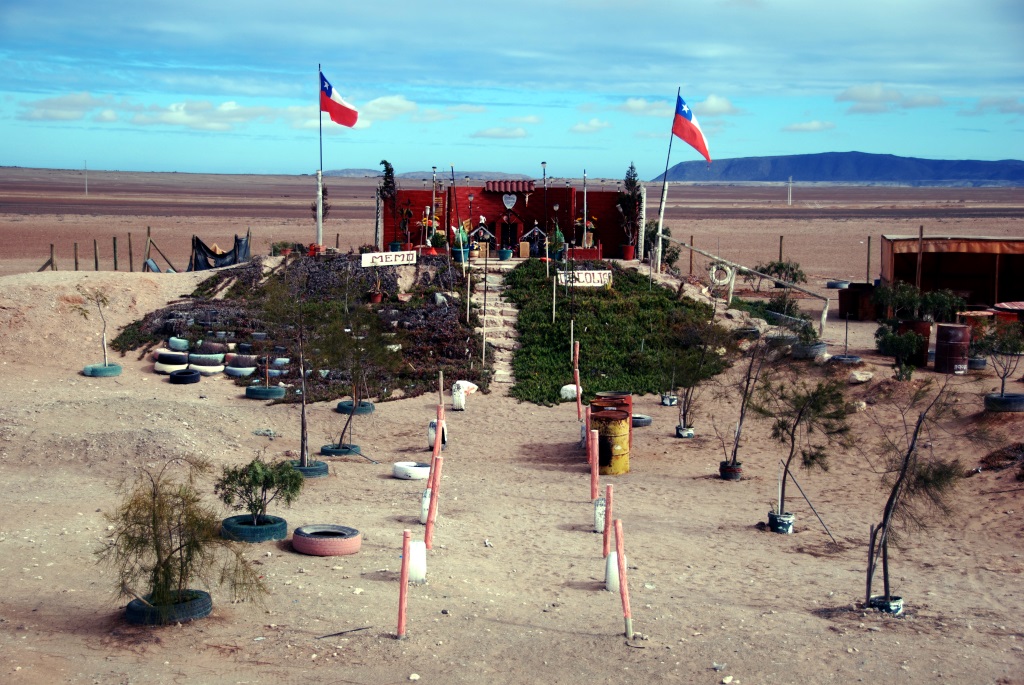
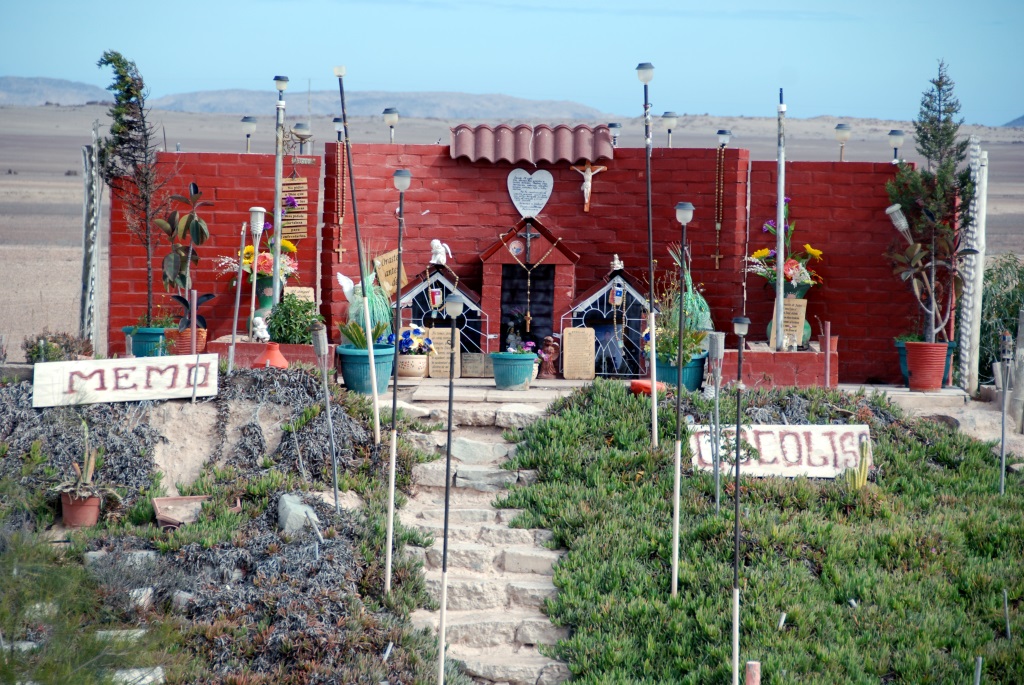
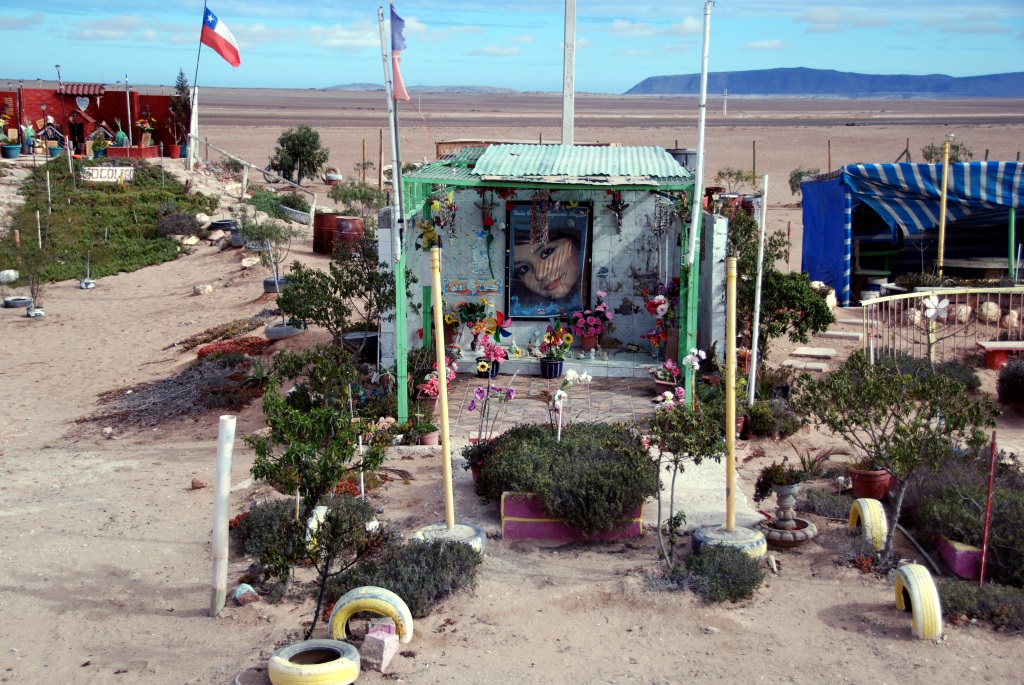
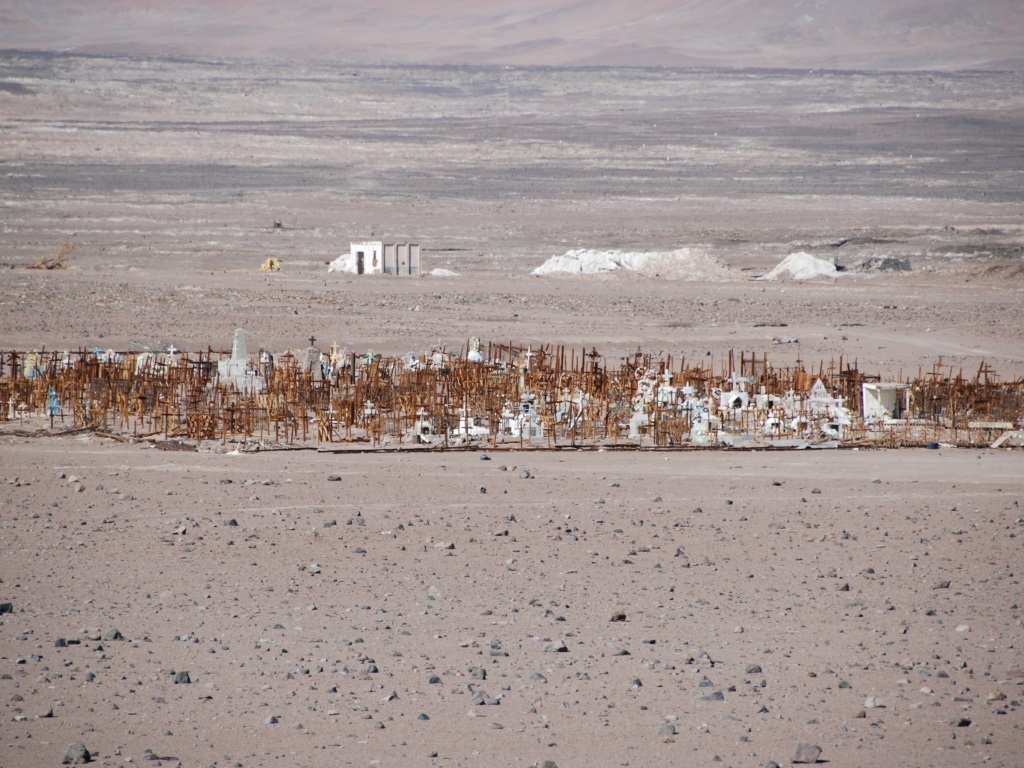
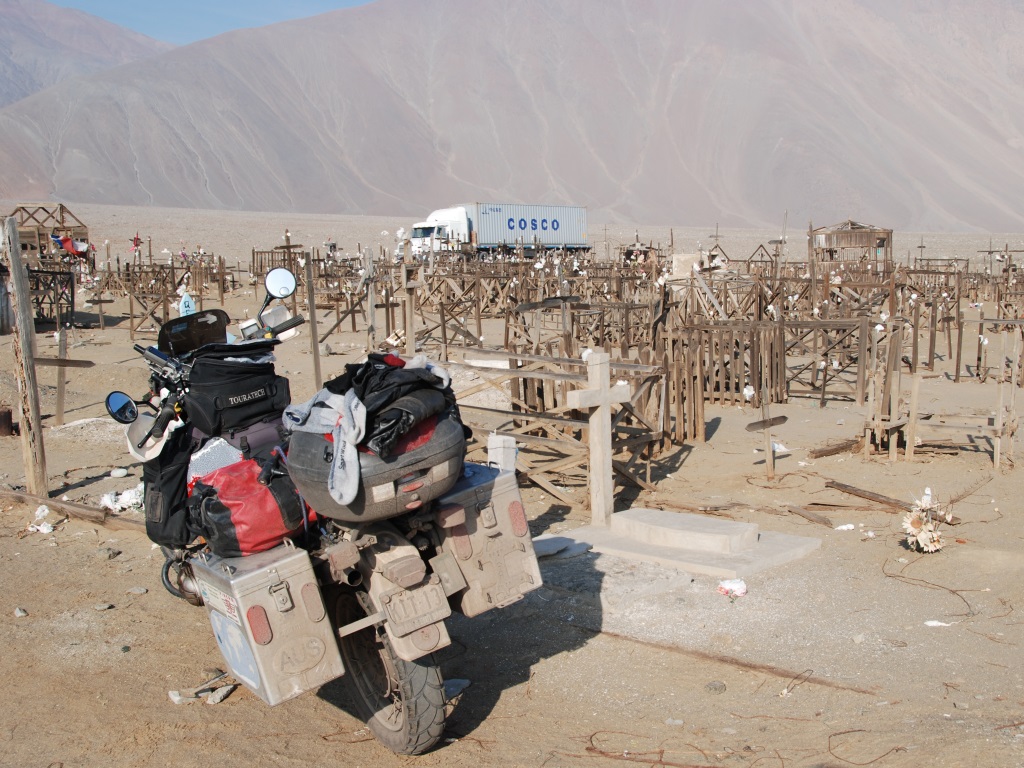
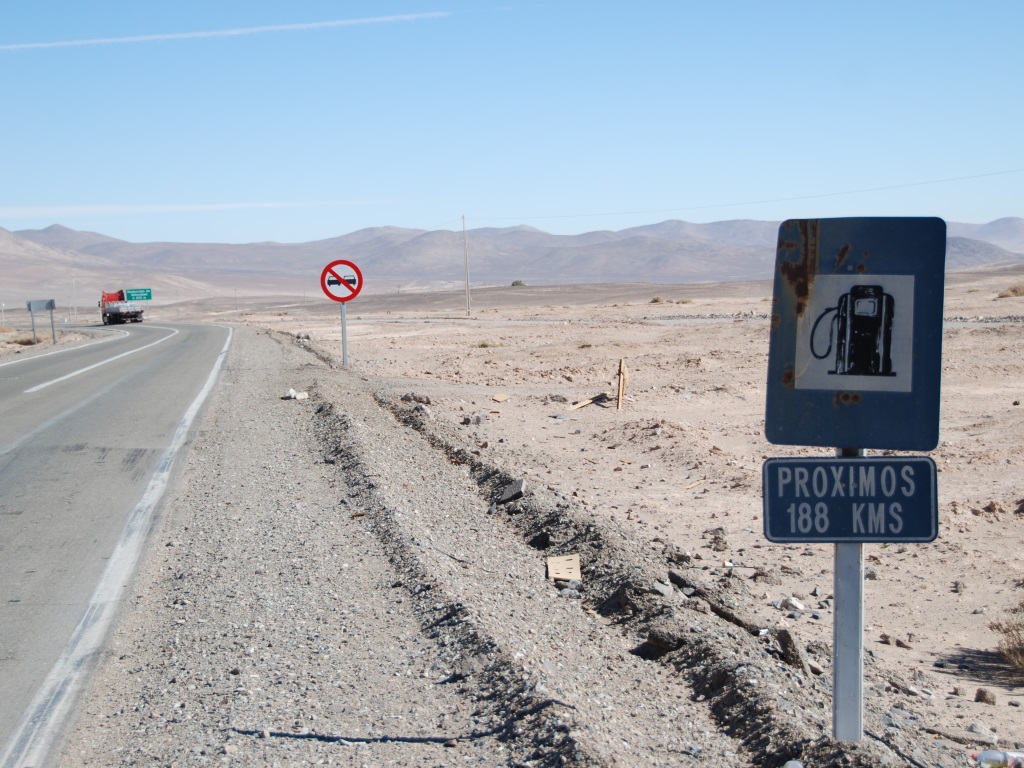
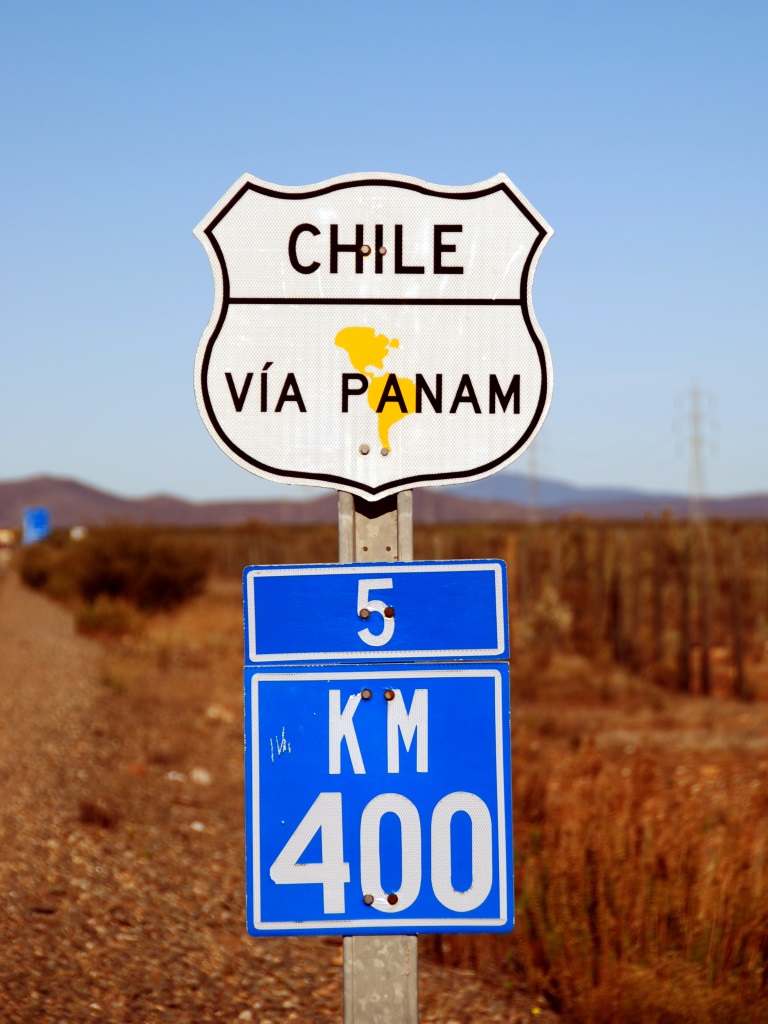
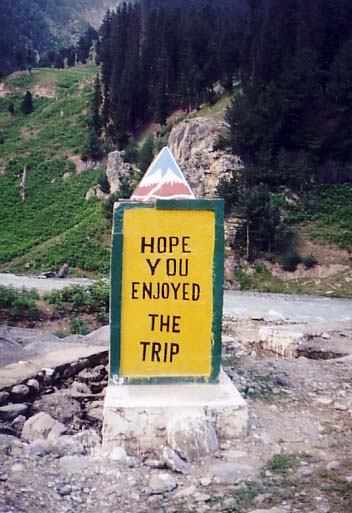
G’day again Ian – well our little tootle around Oz would be like a walk in the park for you.
I know a Guy who travelled around on a fully restored WW 2 German BMW with side car. I think he parted with around $4,000 for the thing then -along with other riders toured through a few countries, after which he freighted it home.
Now he just does the odd Sunday ride around the Sunshine Coast – I haven’t seen it but I can get info and pass it on if you were interested.
Really enjoyed reading about your great travels.
Tony H …
Great journey my friend, thanks. As for the german and sidecar Bemmer I seen a setup like that a few years ago at the park playing with Nel (My dog). Were he had two German Sheppards and he had a sidecar but down know if it was a BMW!